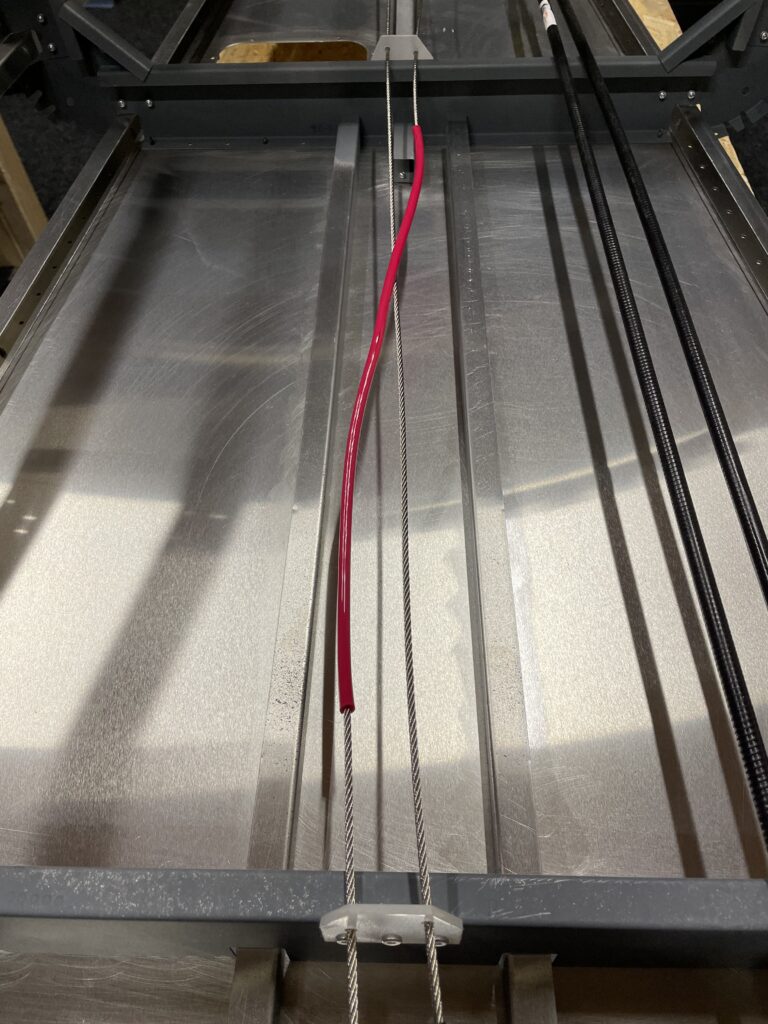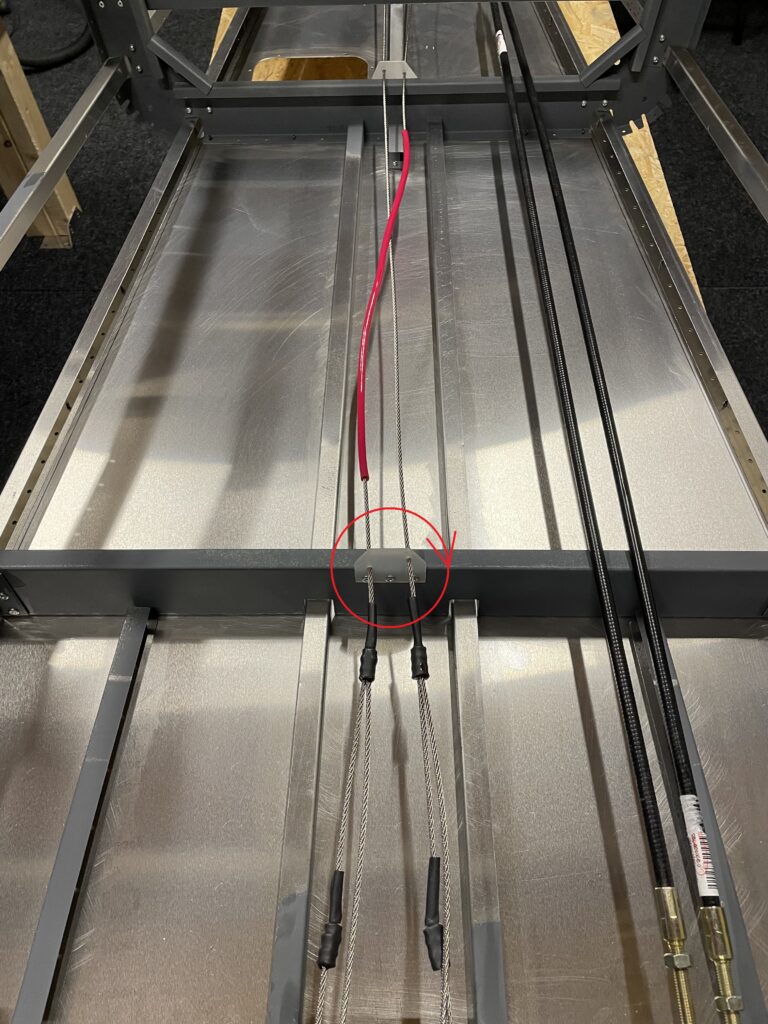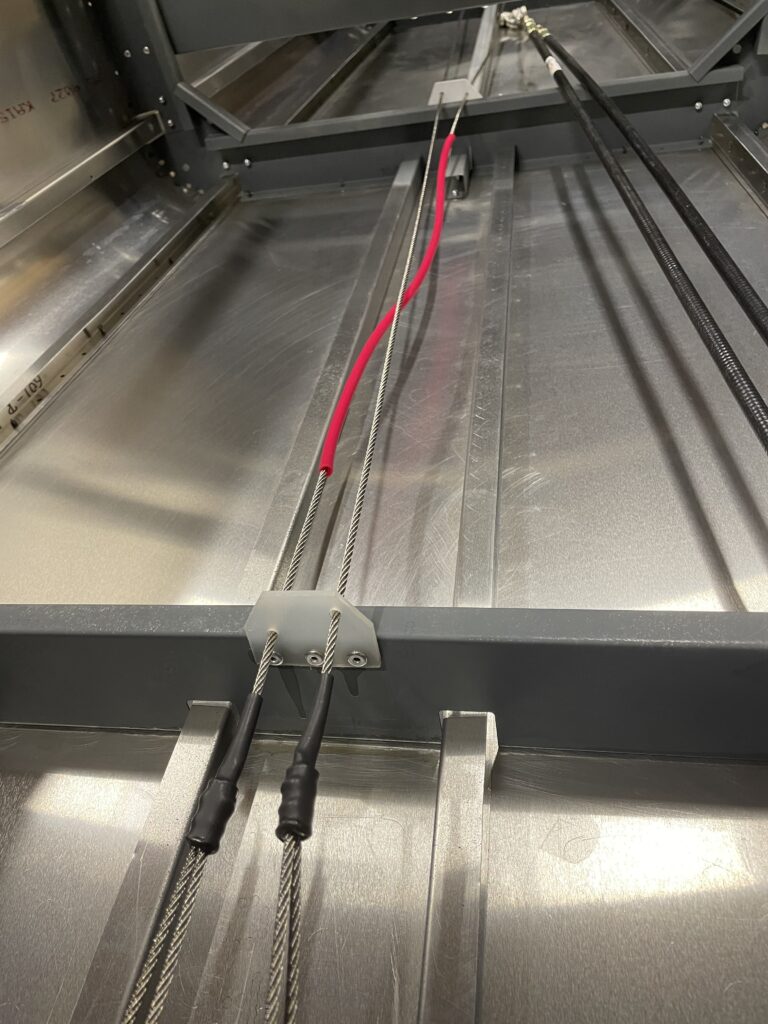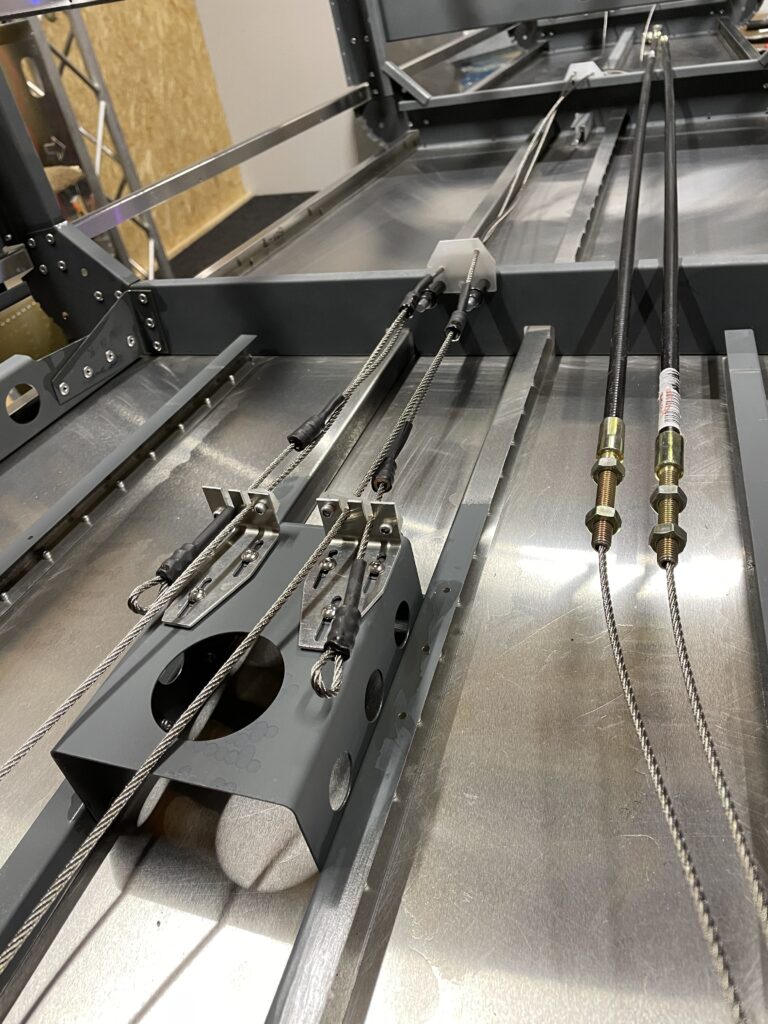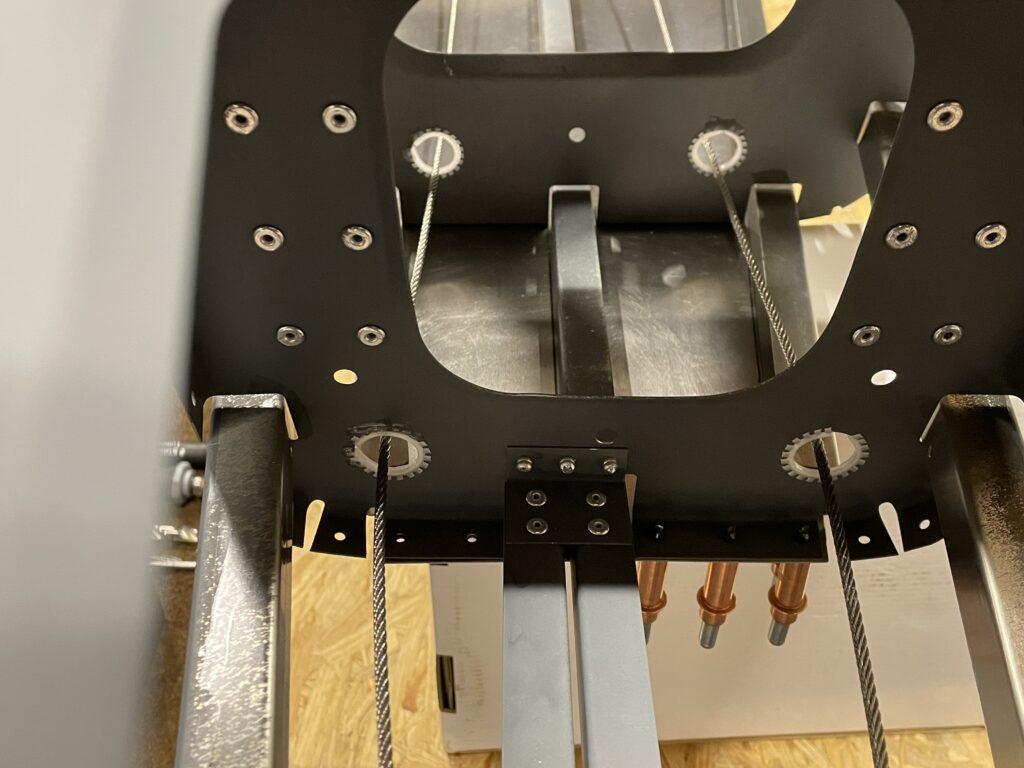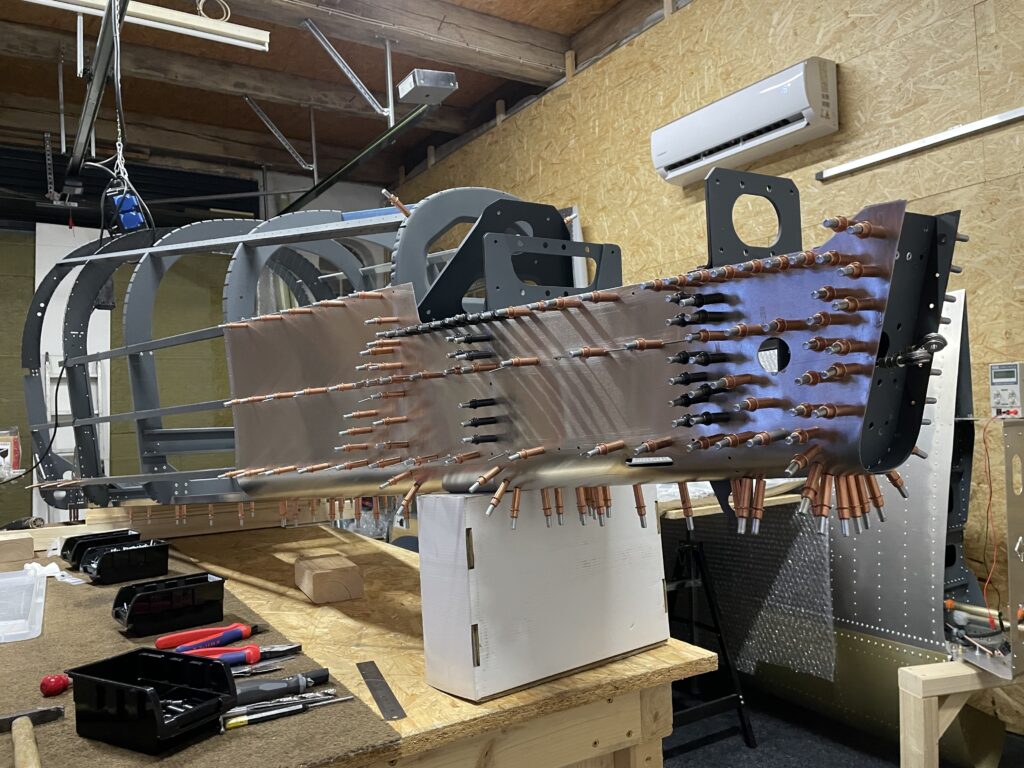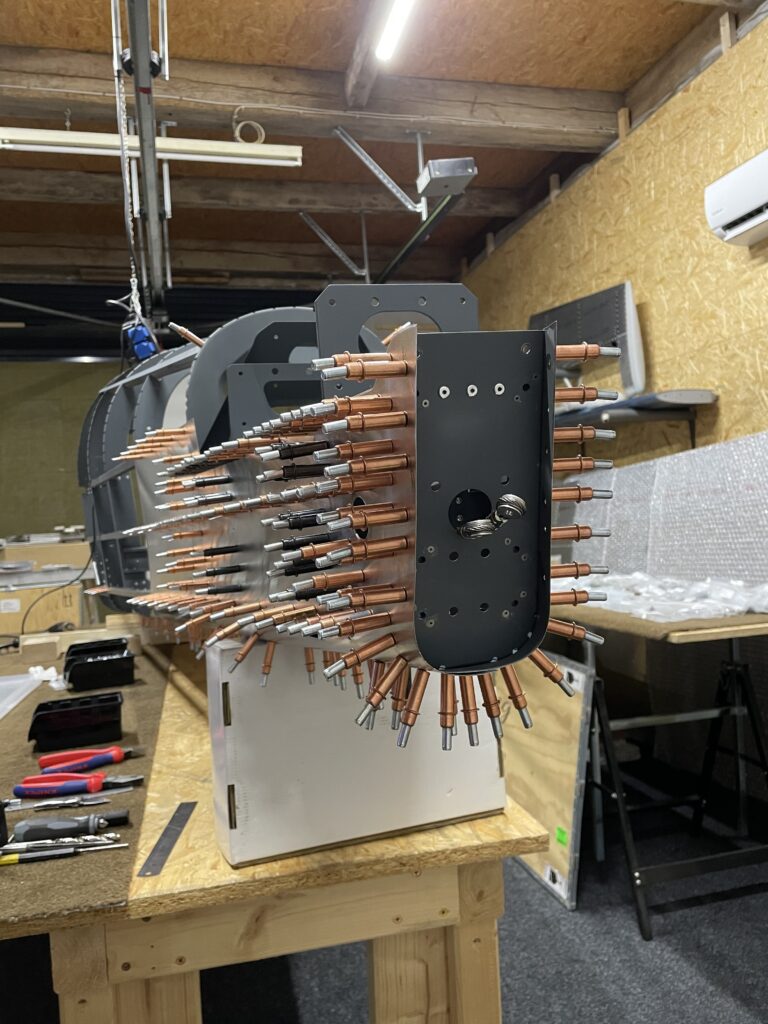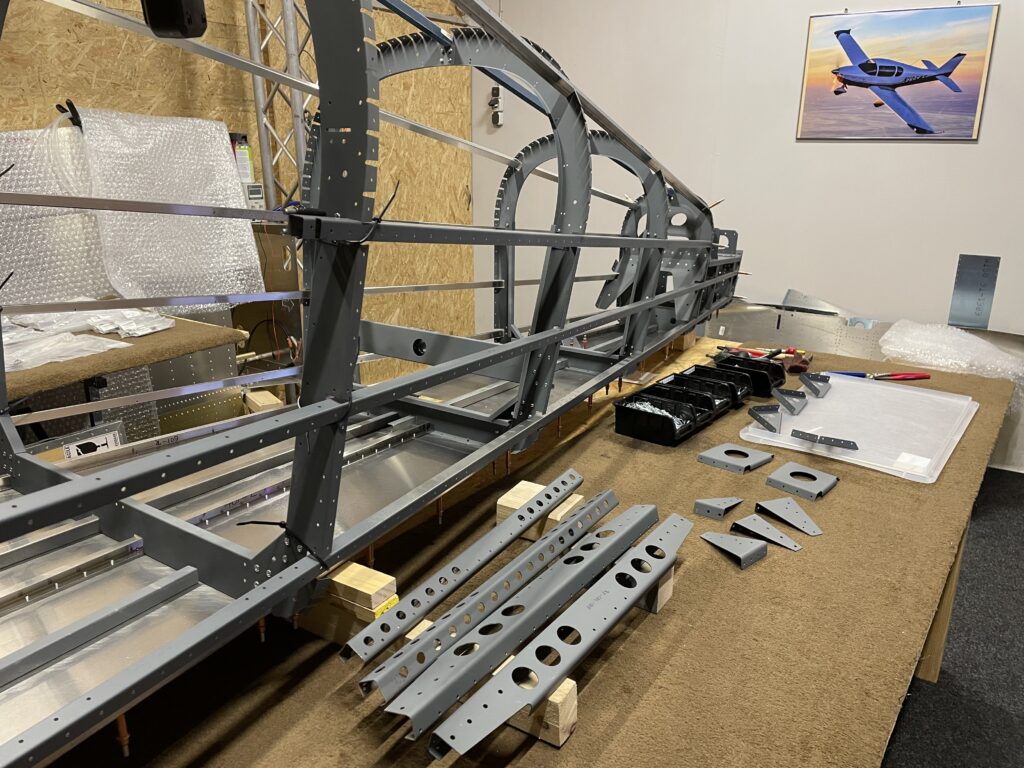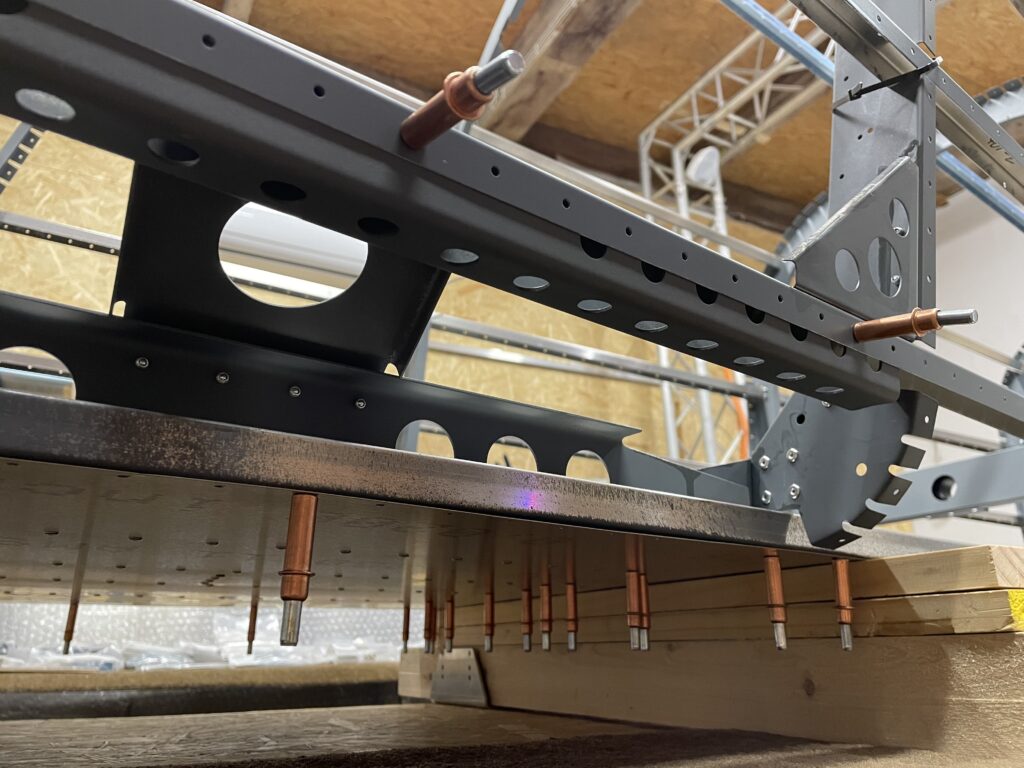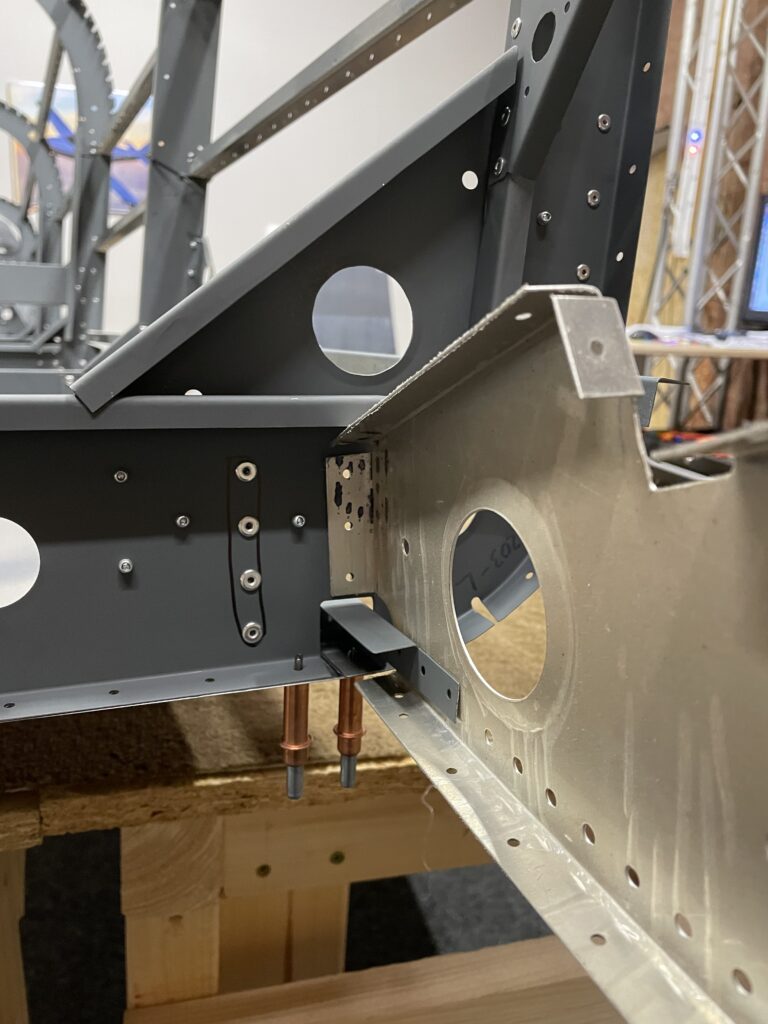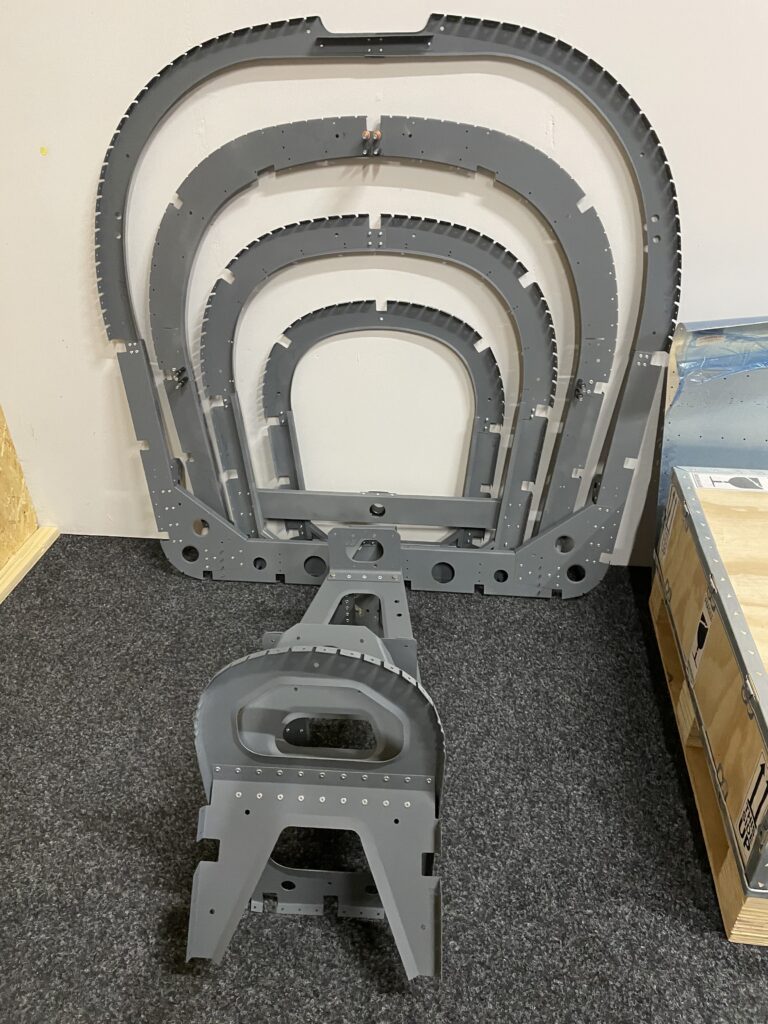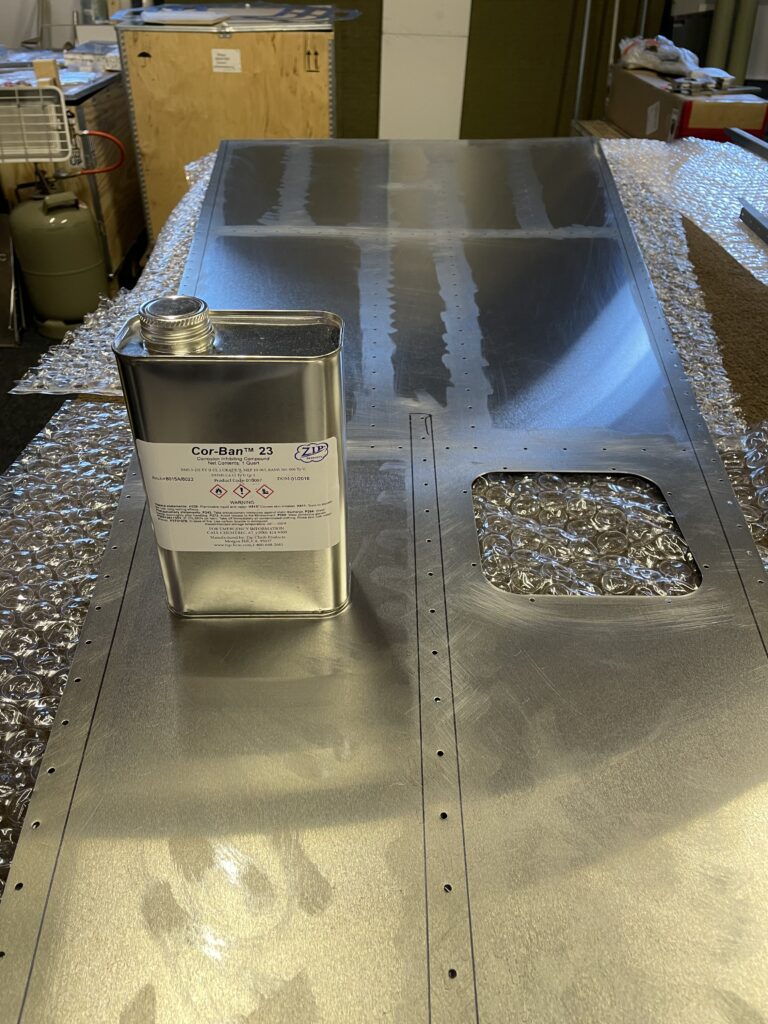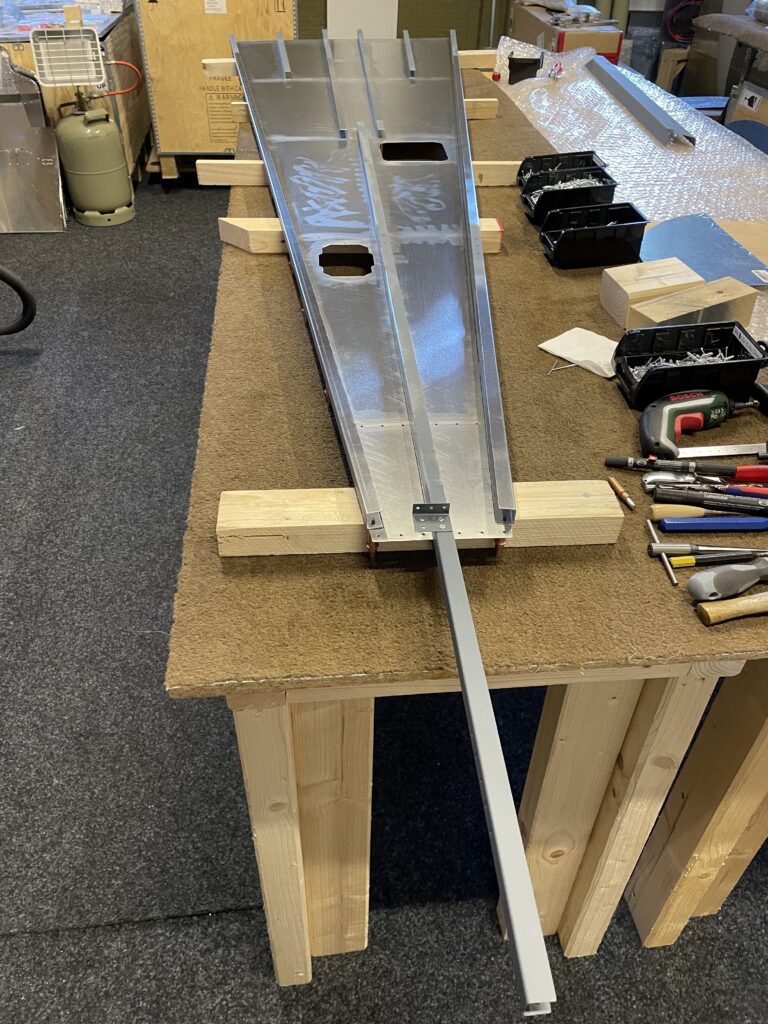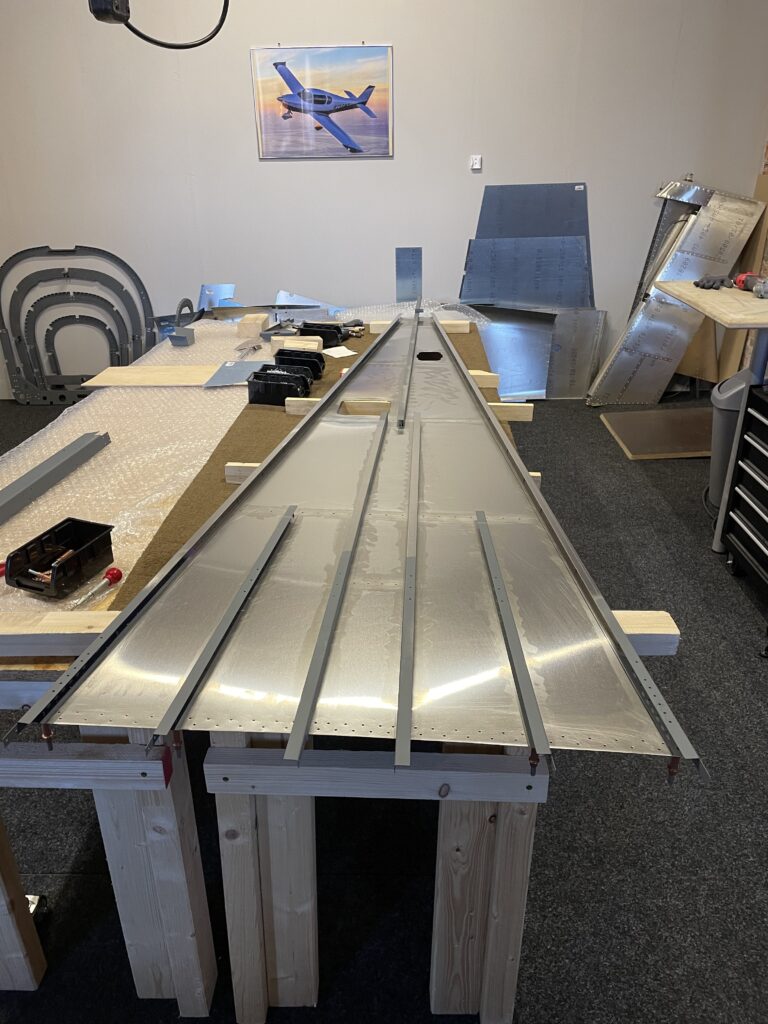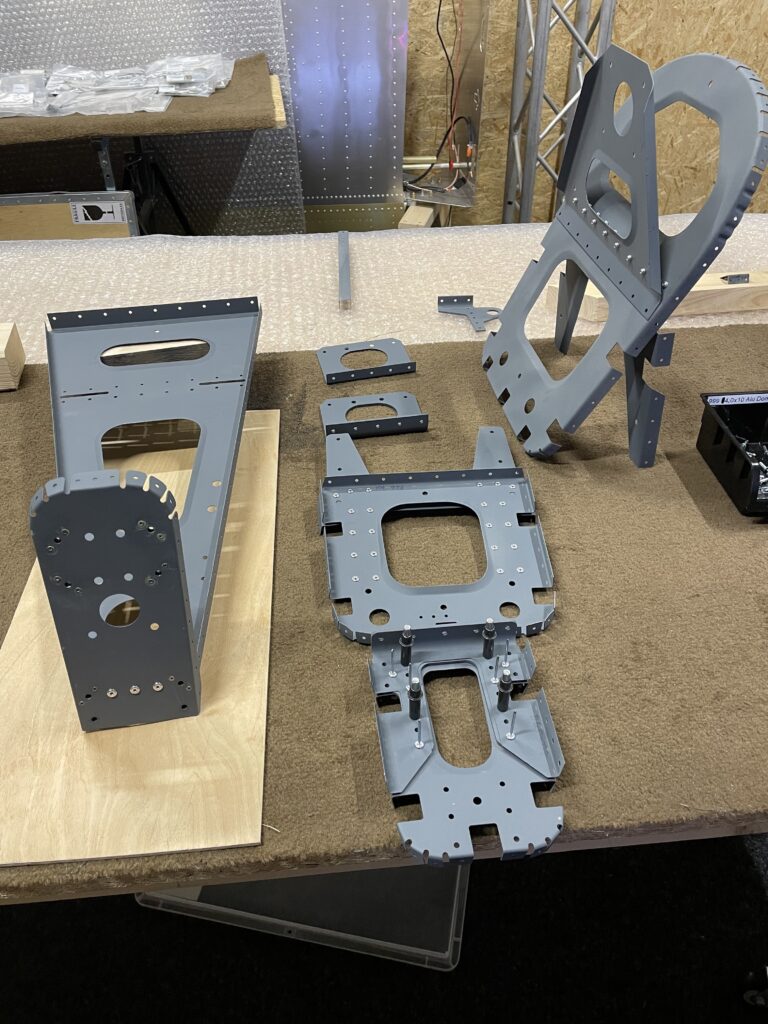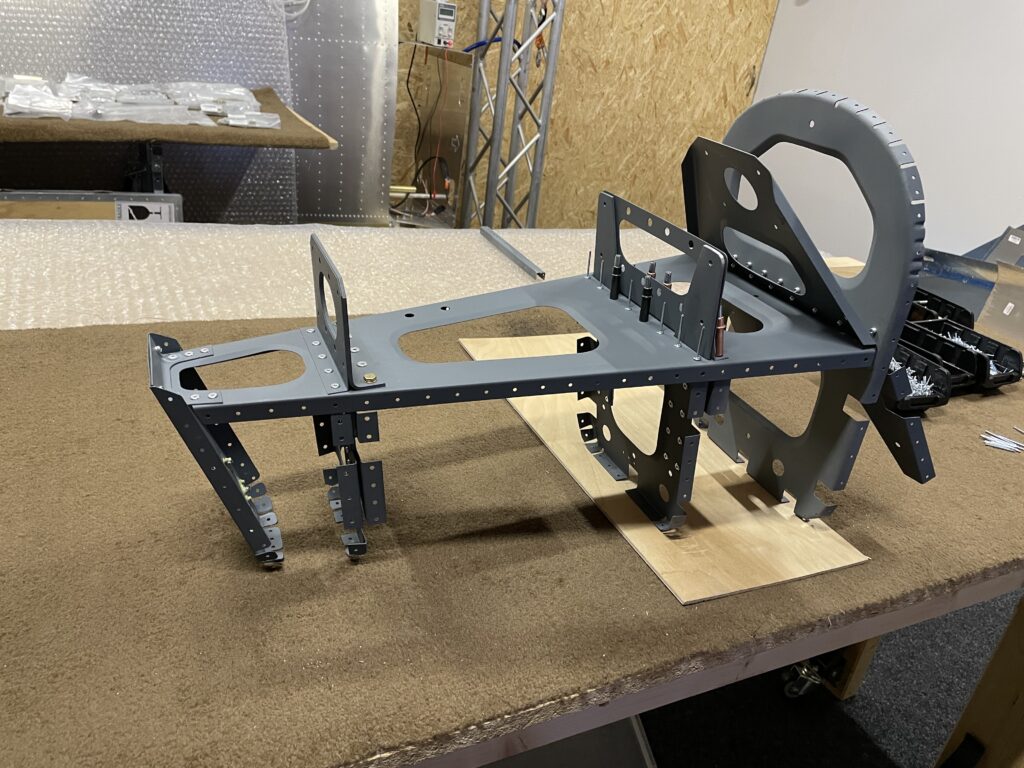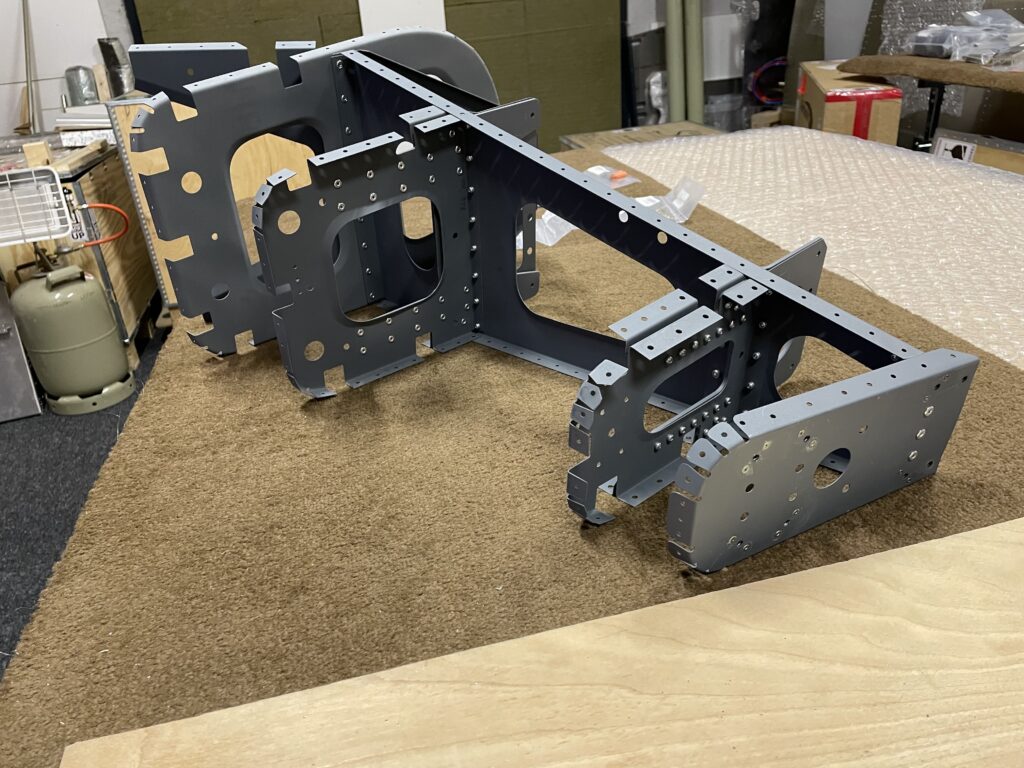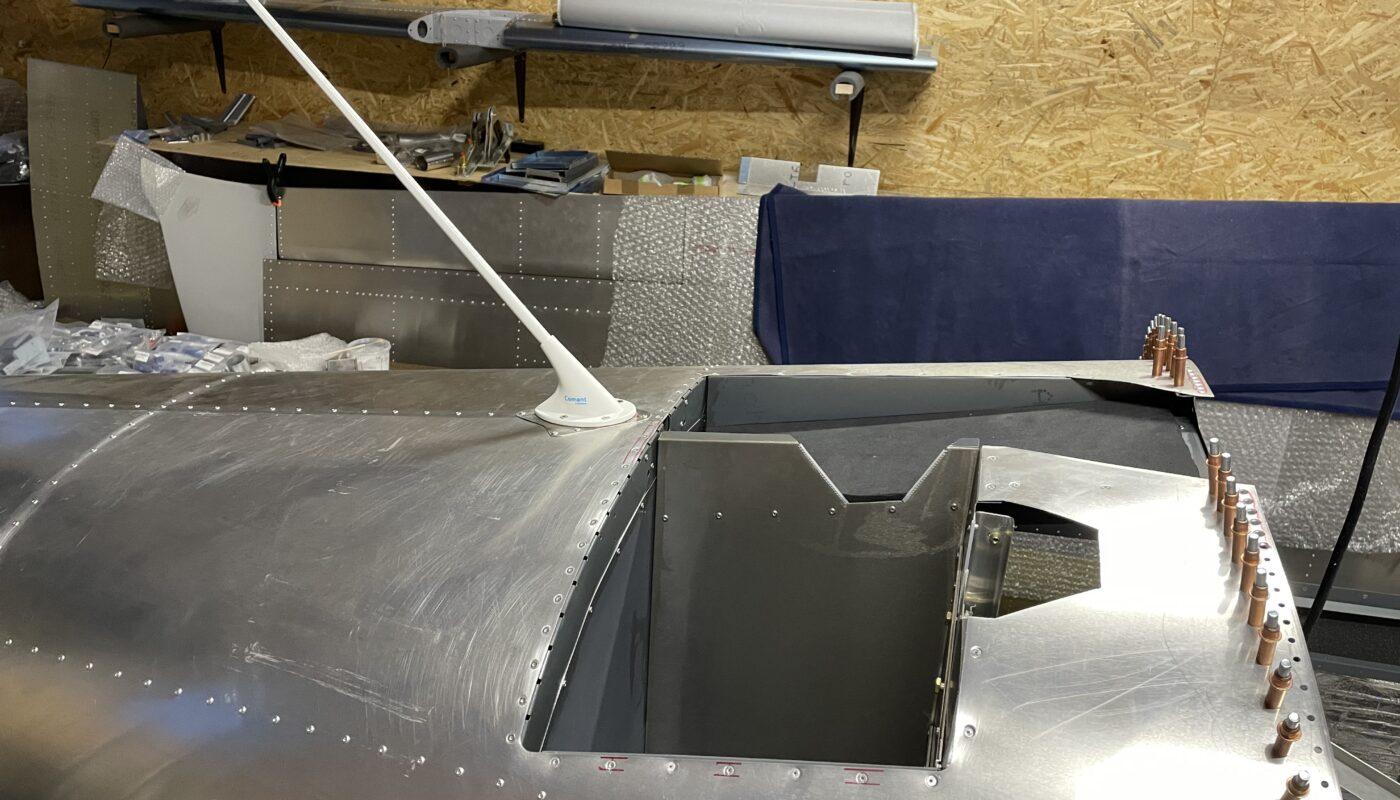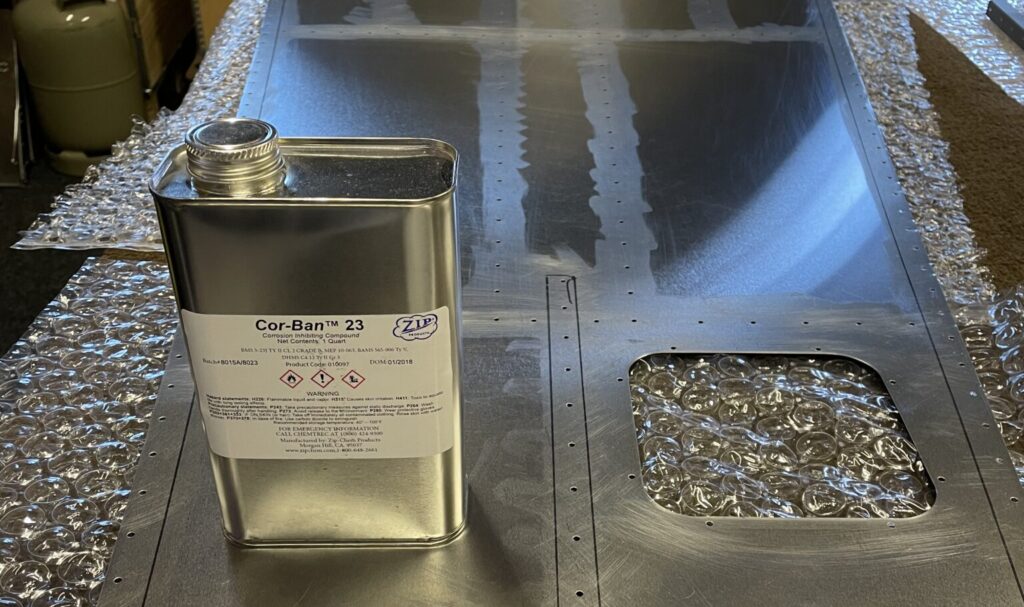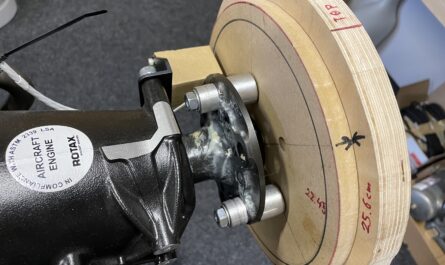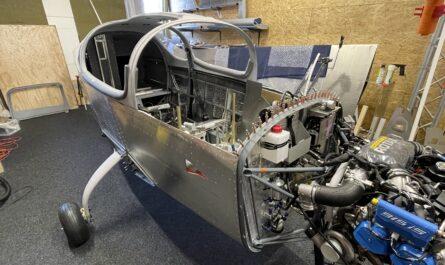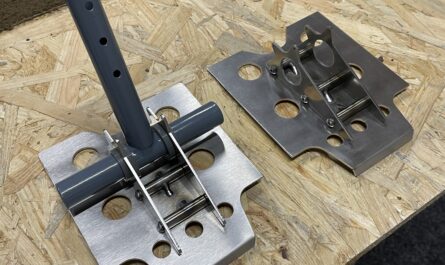The rear fuselage documentation is fairly new, however there is still missing and wrong information in it. It’s a good idea to cross check the Sling-4 plans or the older TSi plans. I will not prime every part of the rear fuselage. All rib assembly’s are completely primed and the longerons on the mating surfaces. On the skins I’m using Cor-Ban 23 to protect the mating surfaces.
Core-Ban 23 is very easy to apply with a brush and builds a thin protective layer. Core-Ban 23 is approved for corrosion protection on Boing and Airbus aircrafts.
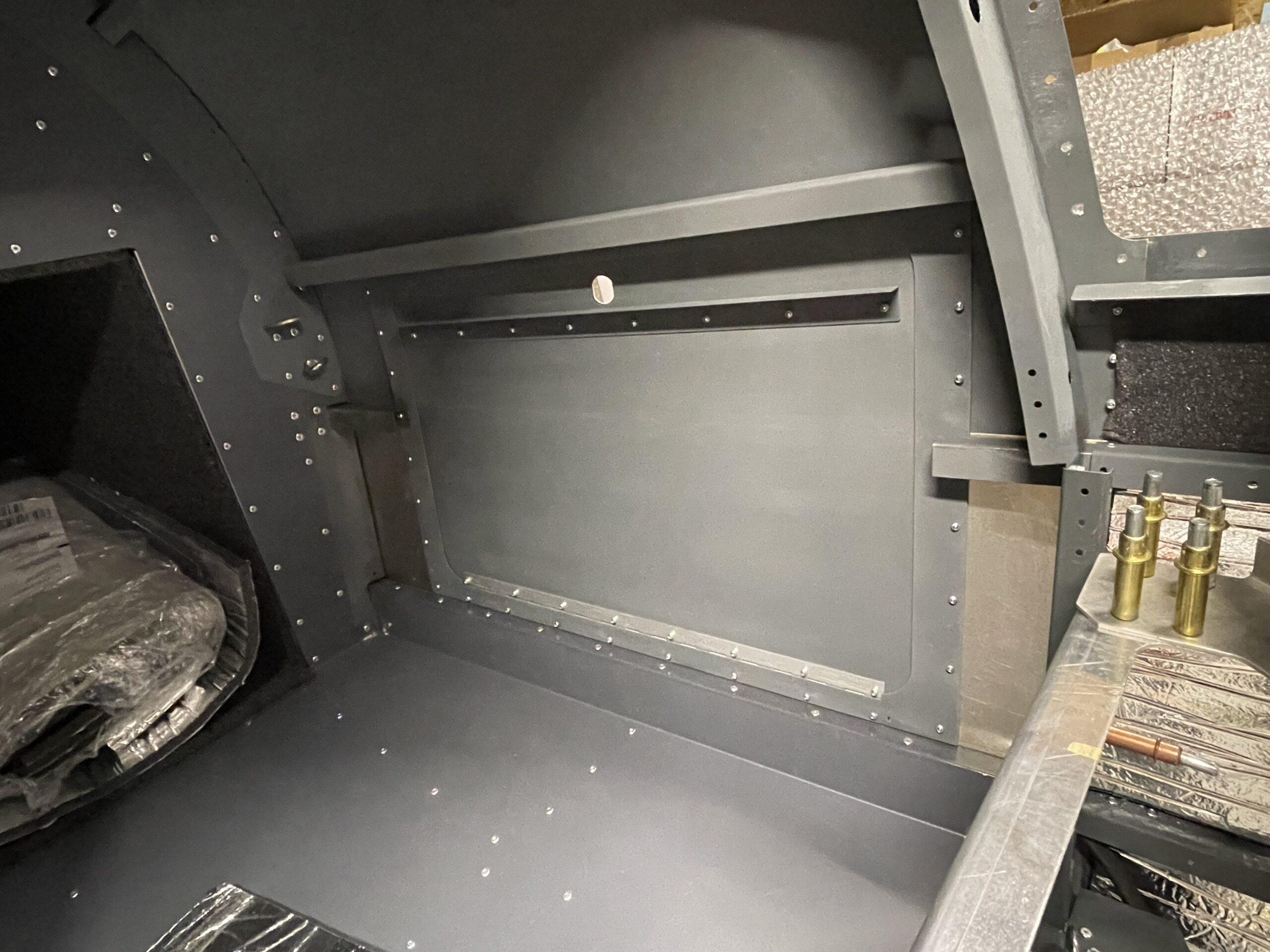
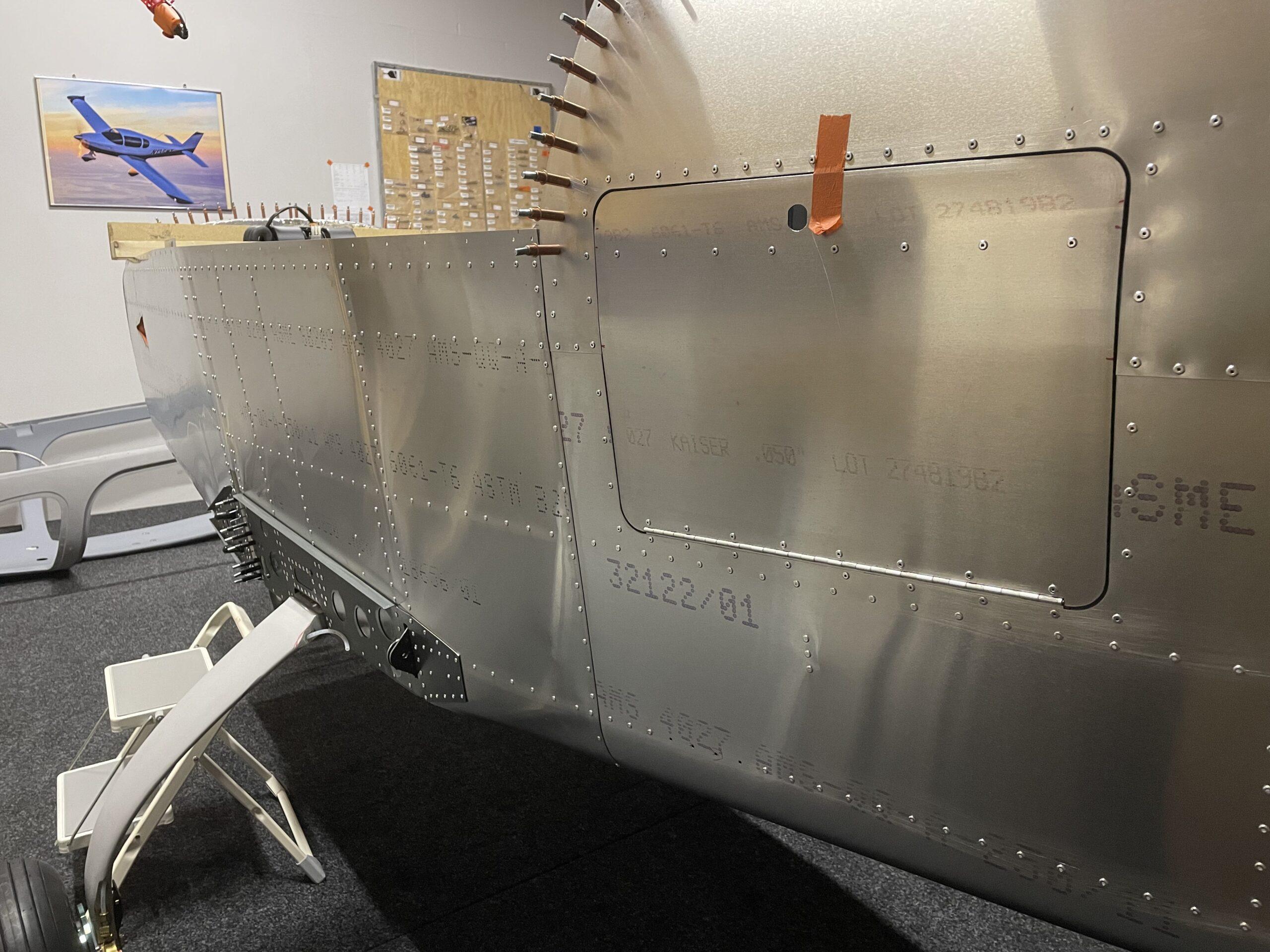
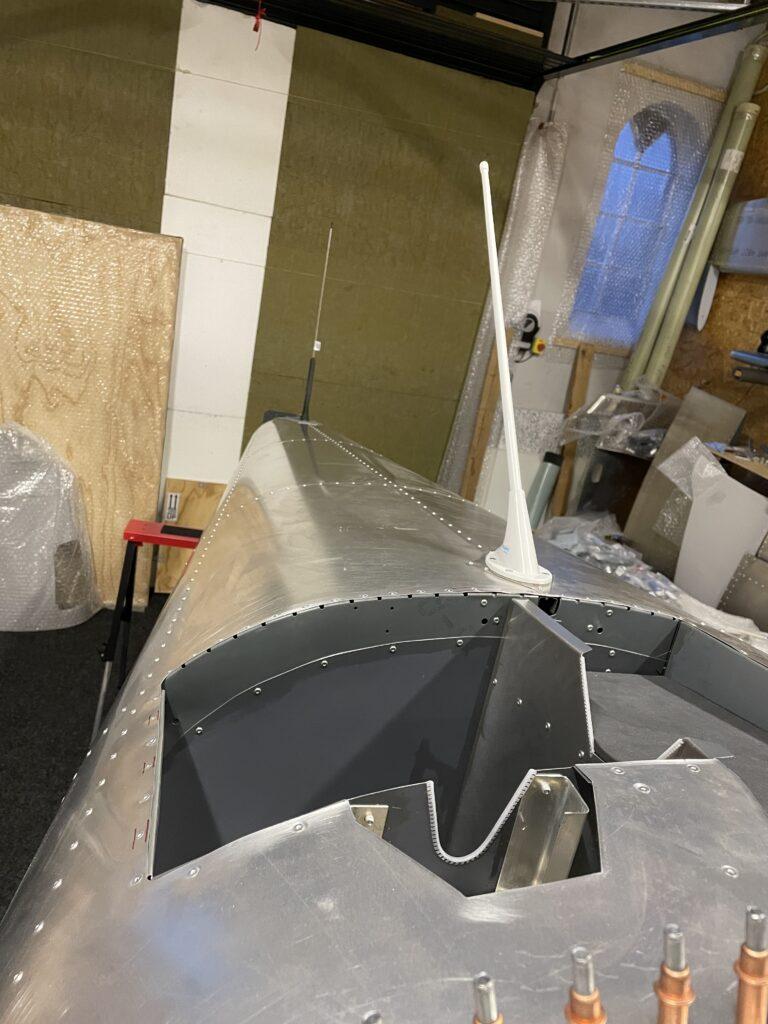
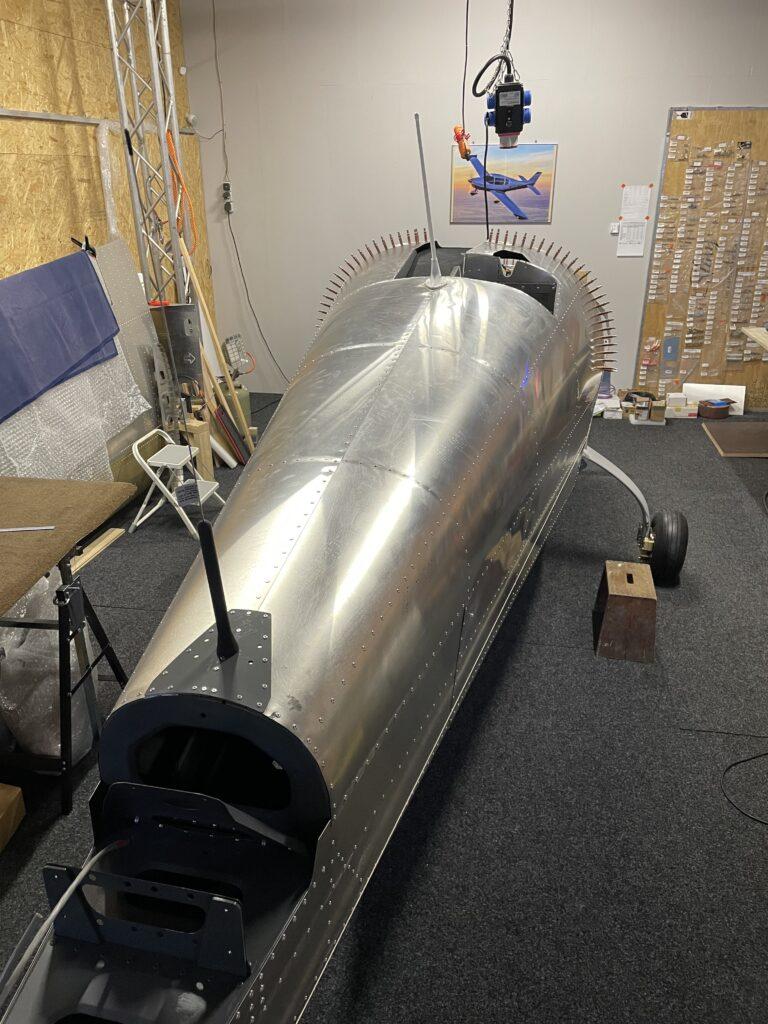
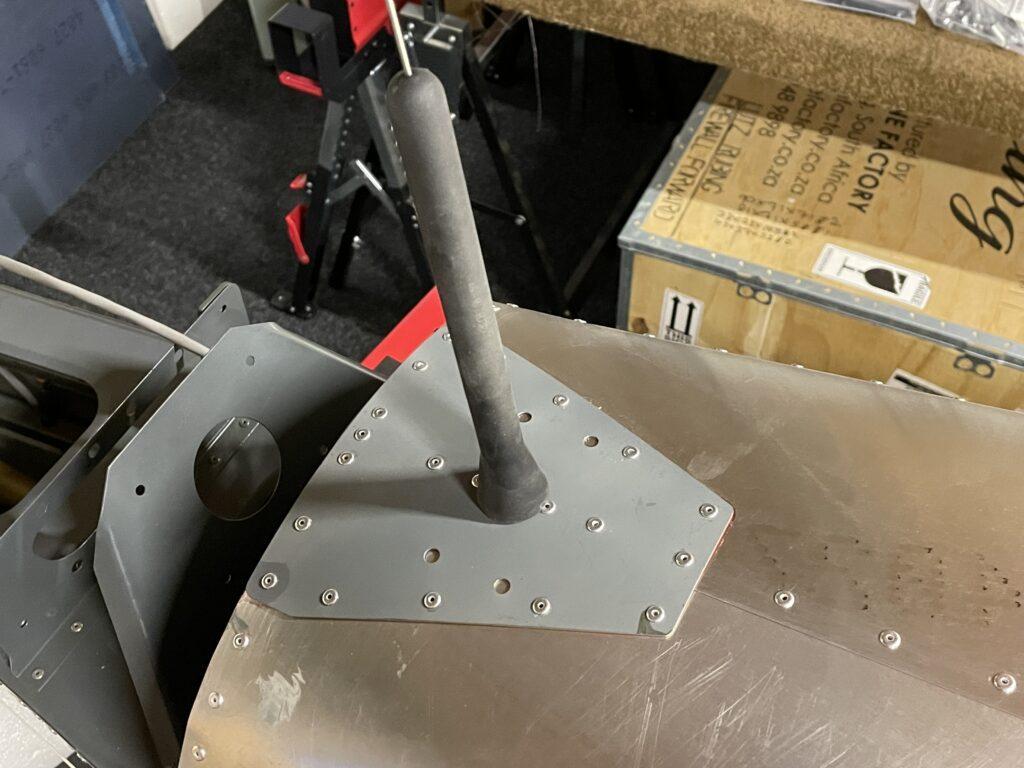
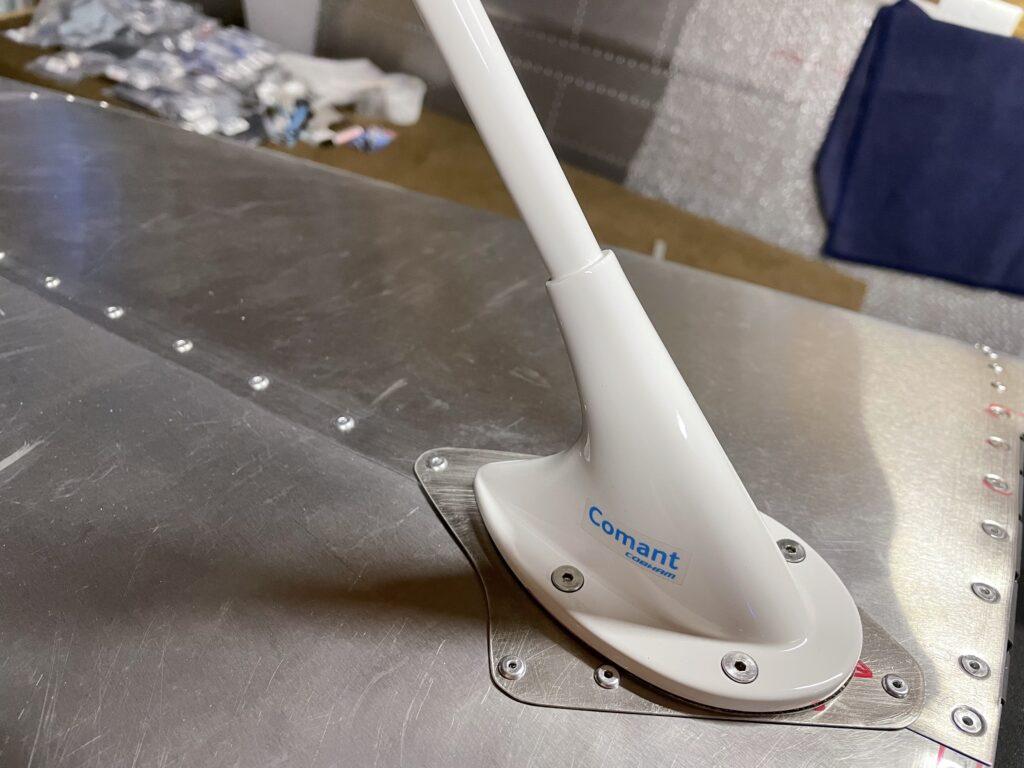
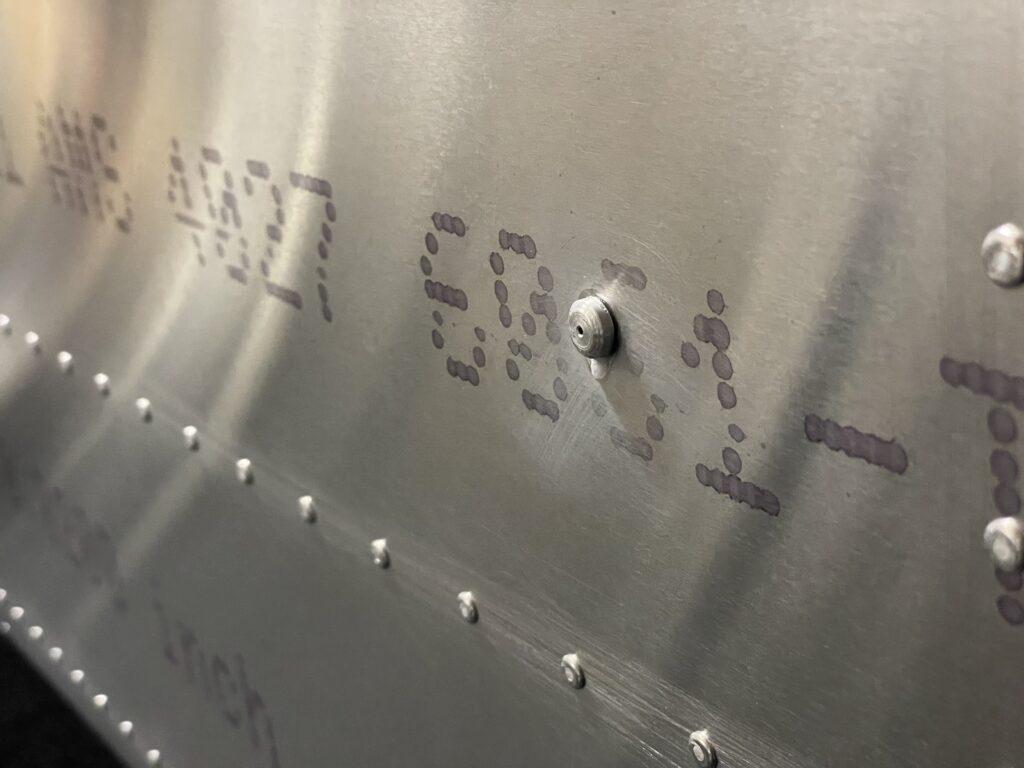
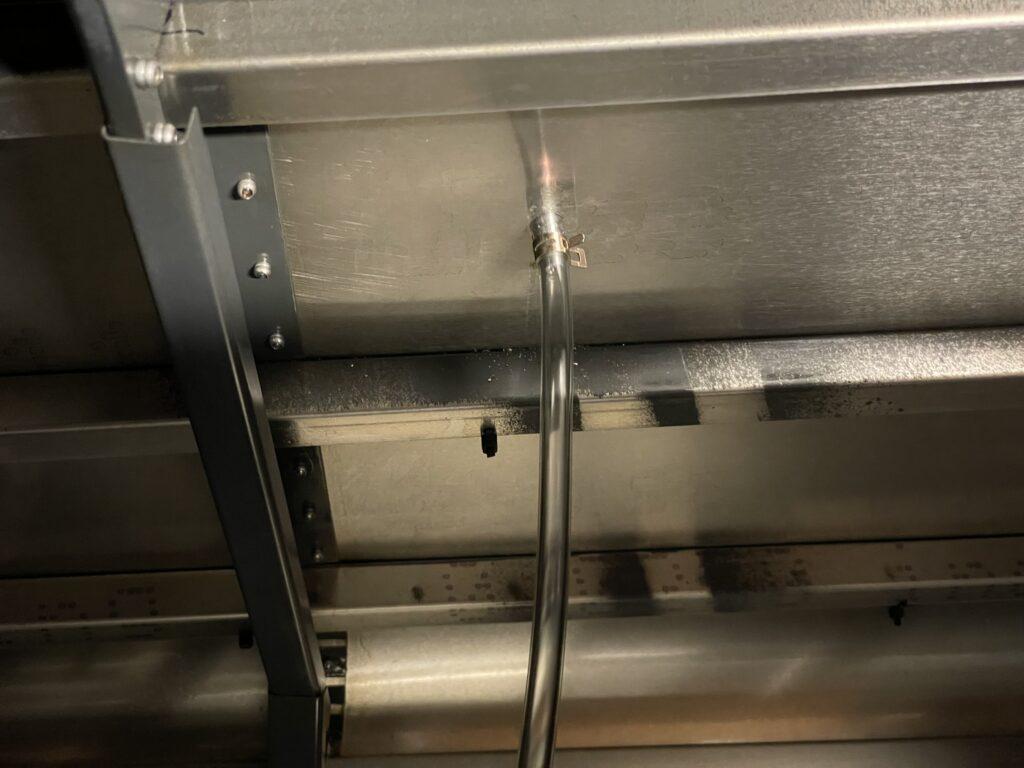
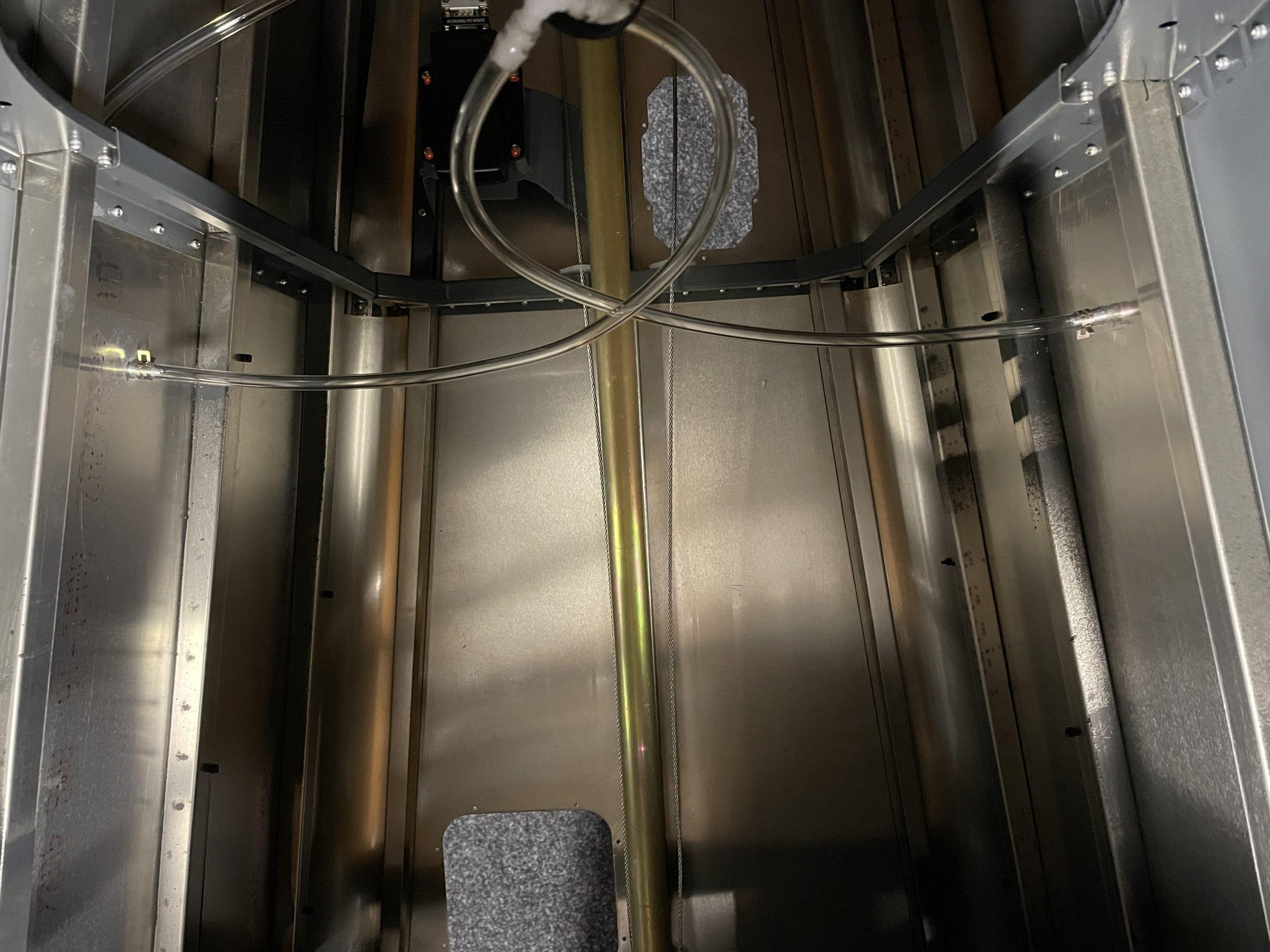
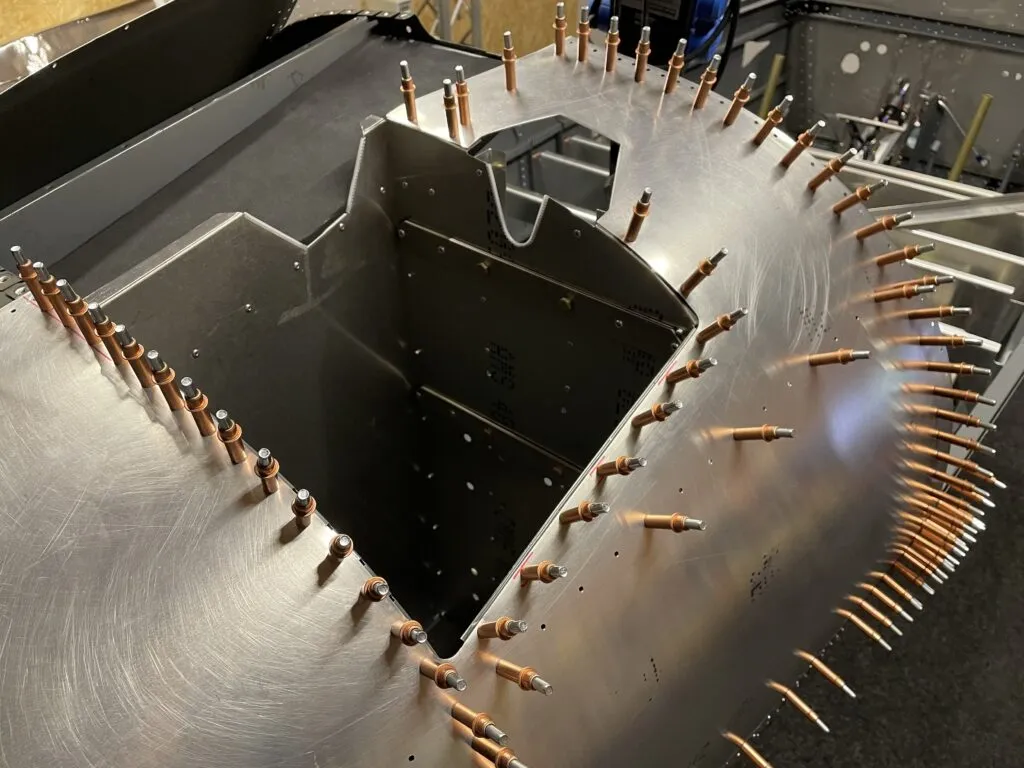
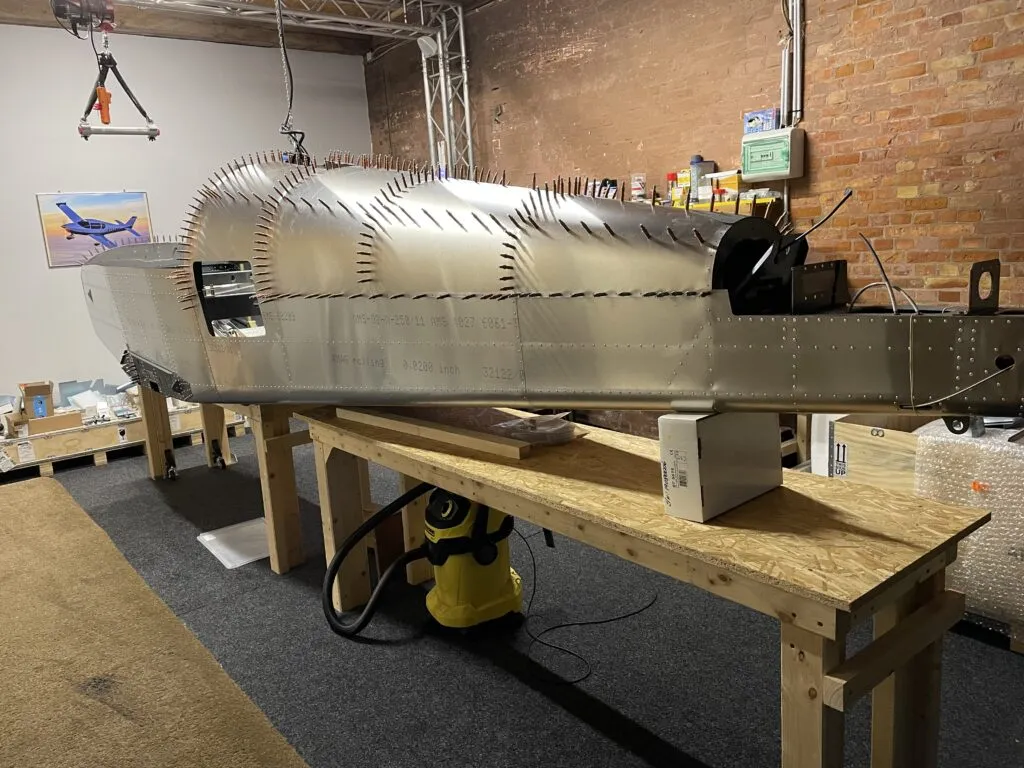
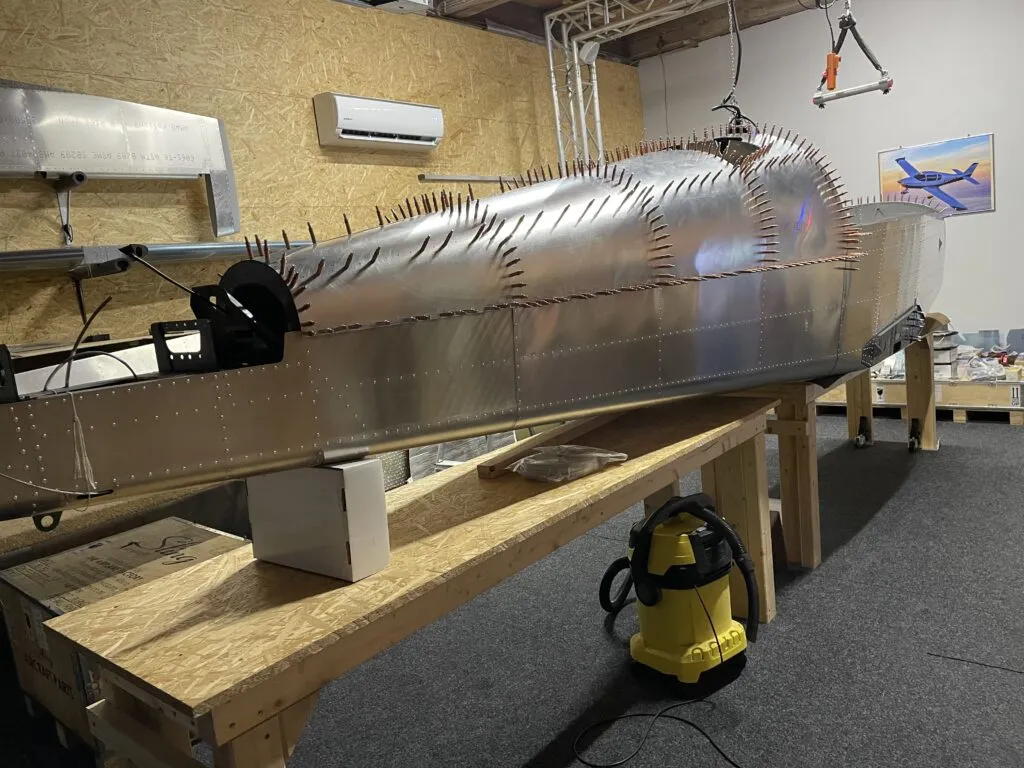
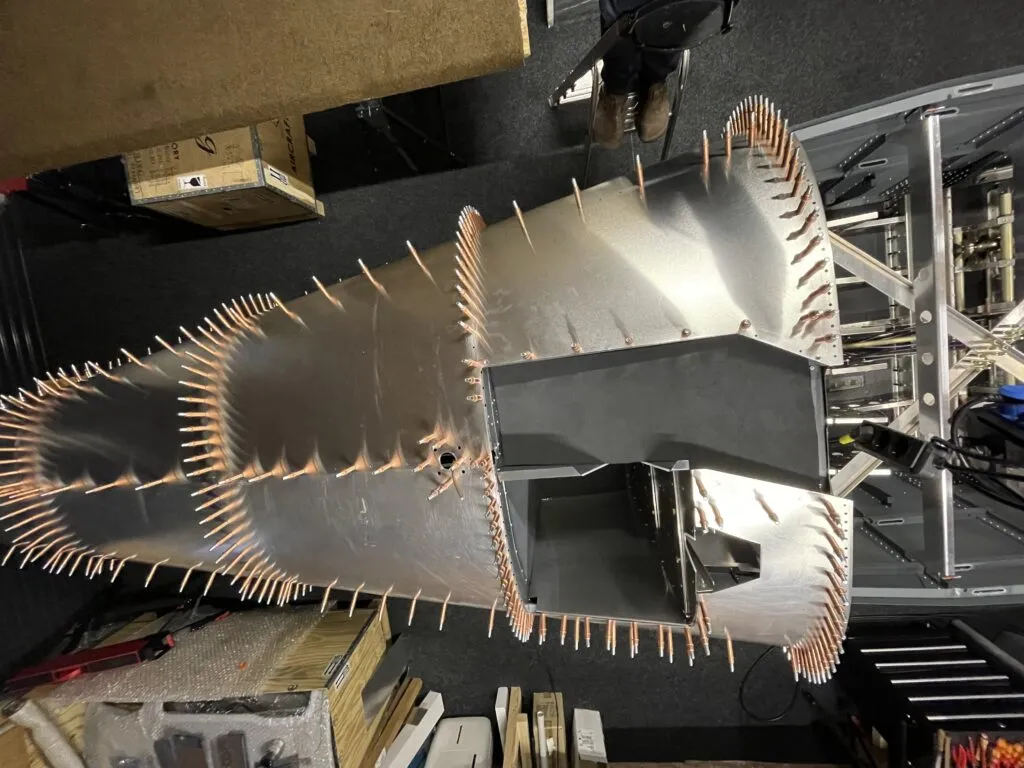
Ther rear top skins had a few missing holes near the parachute box no big deal with the hole finder. I took me two trials to match the skins to each other and the fuselage. For me it worked best to start from the top with the clecos and work my way down to the lower skins.
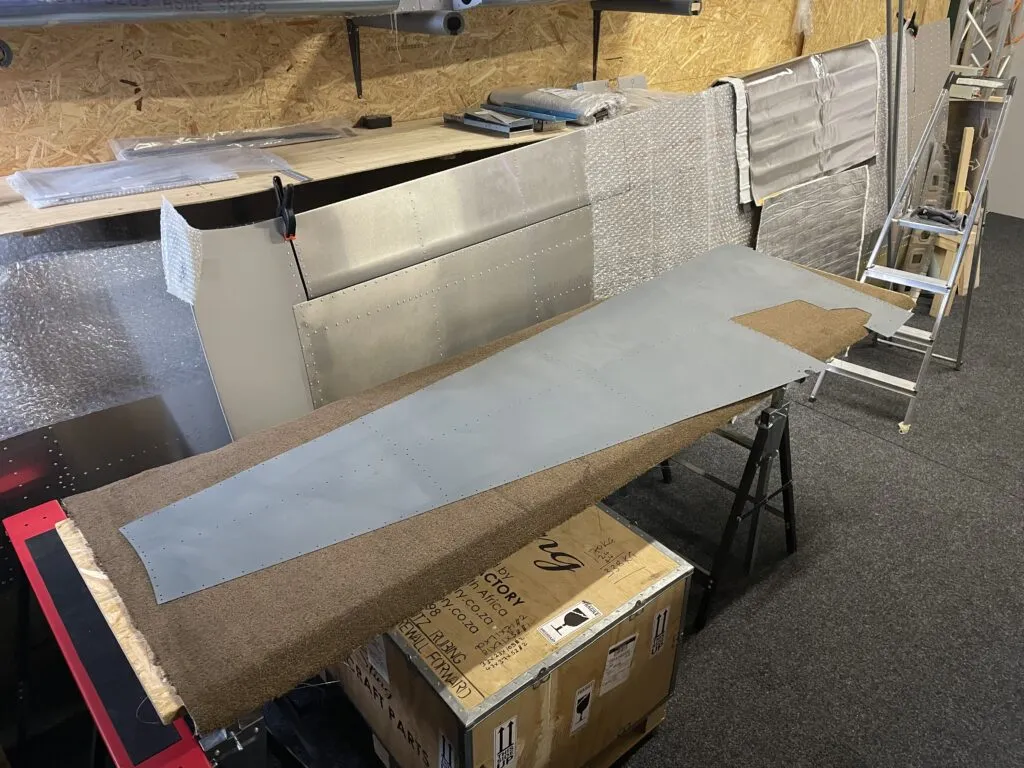
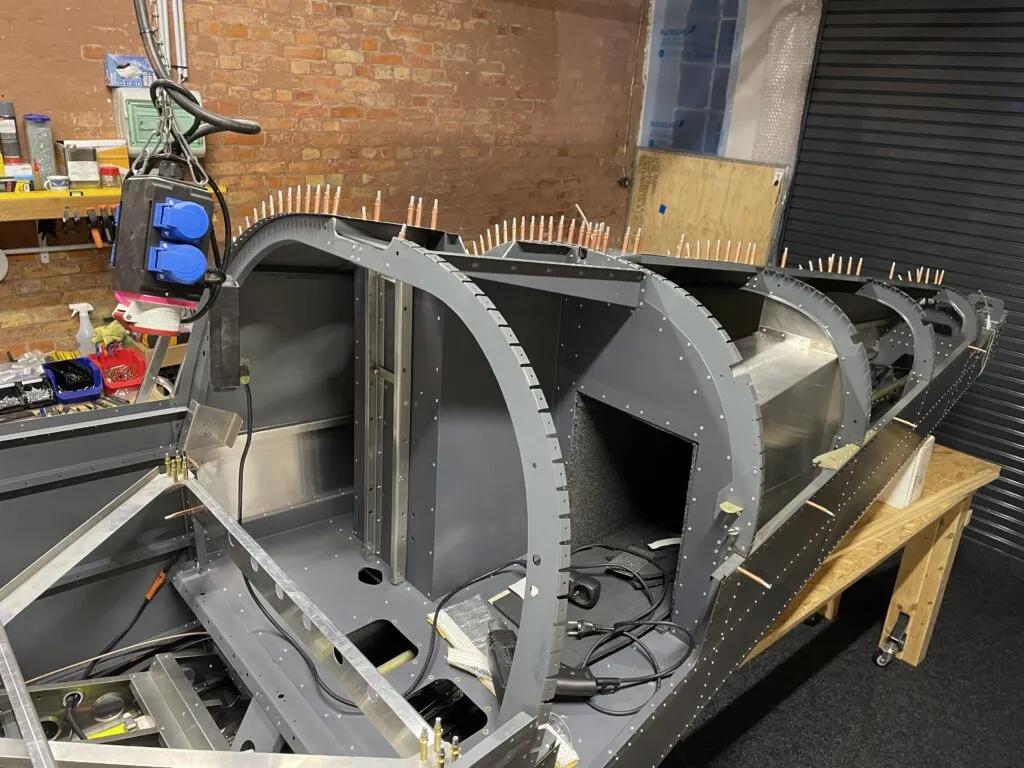
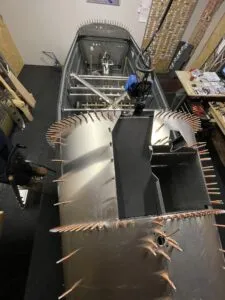
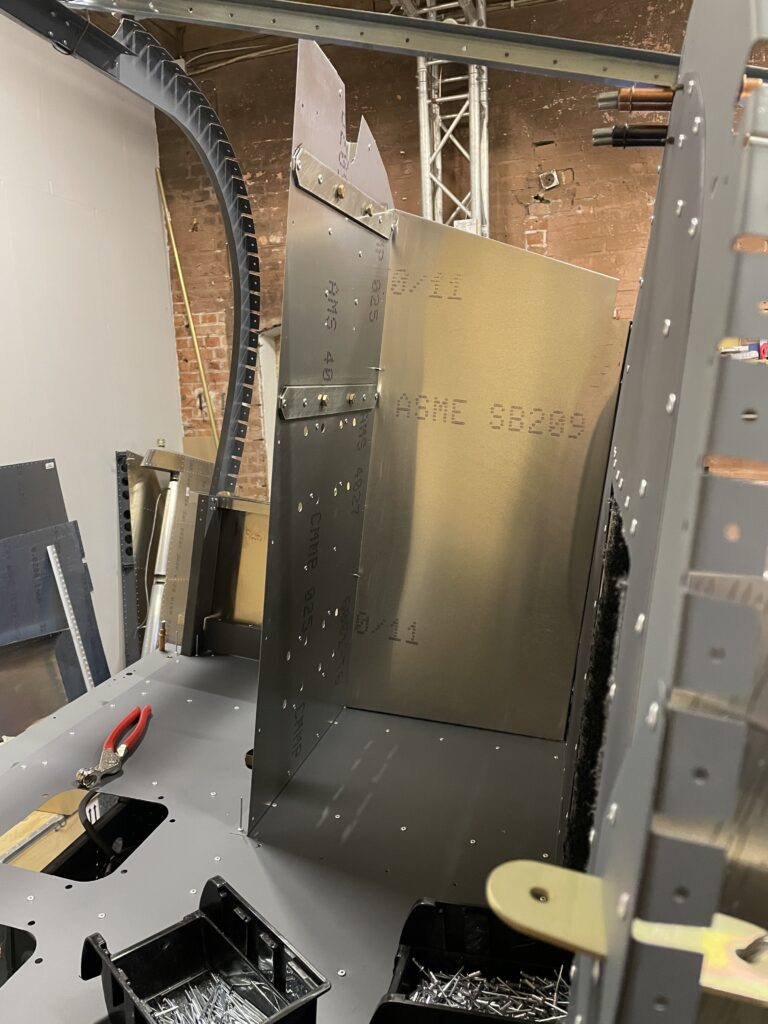
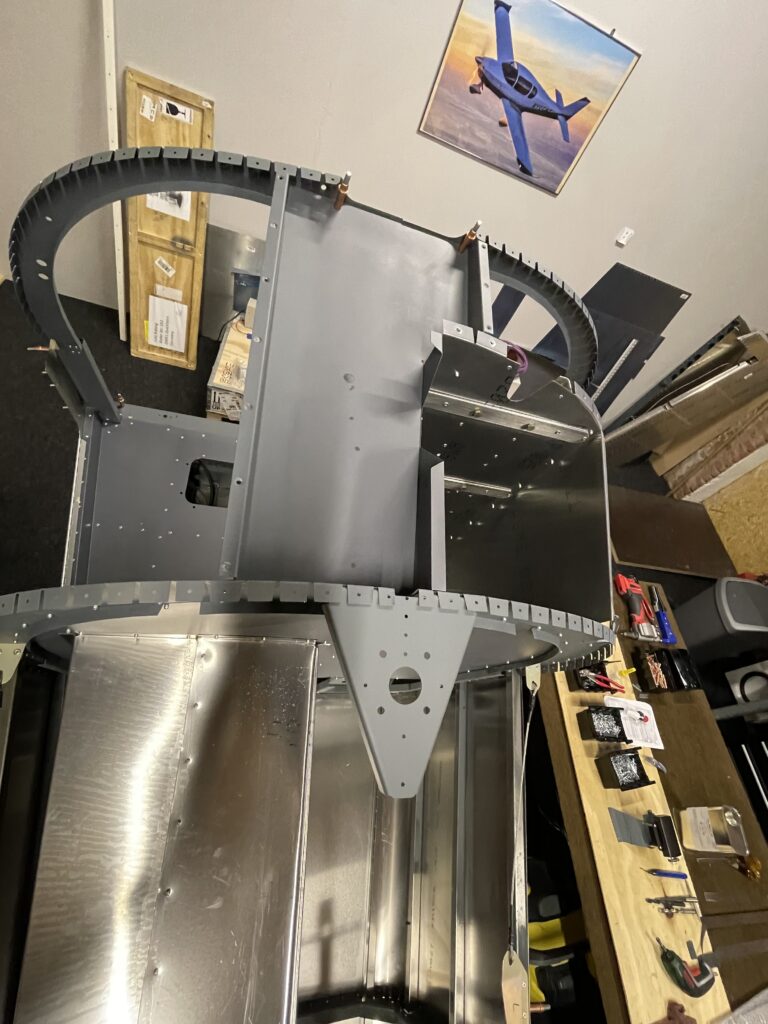
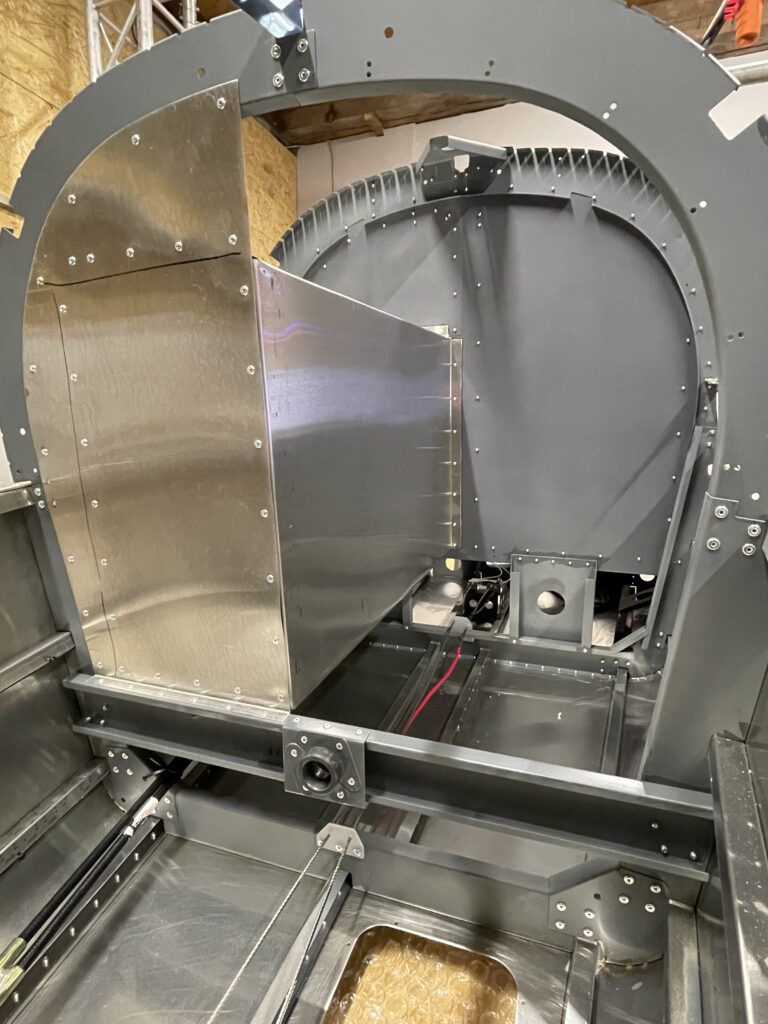
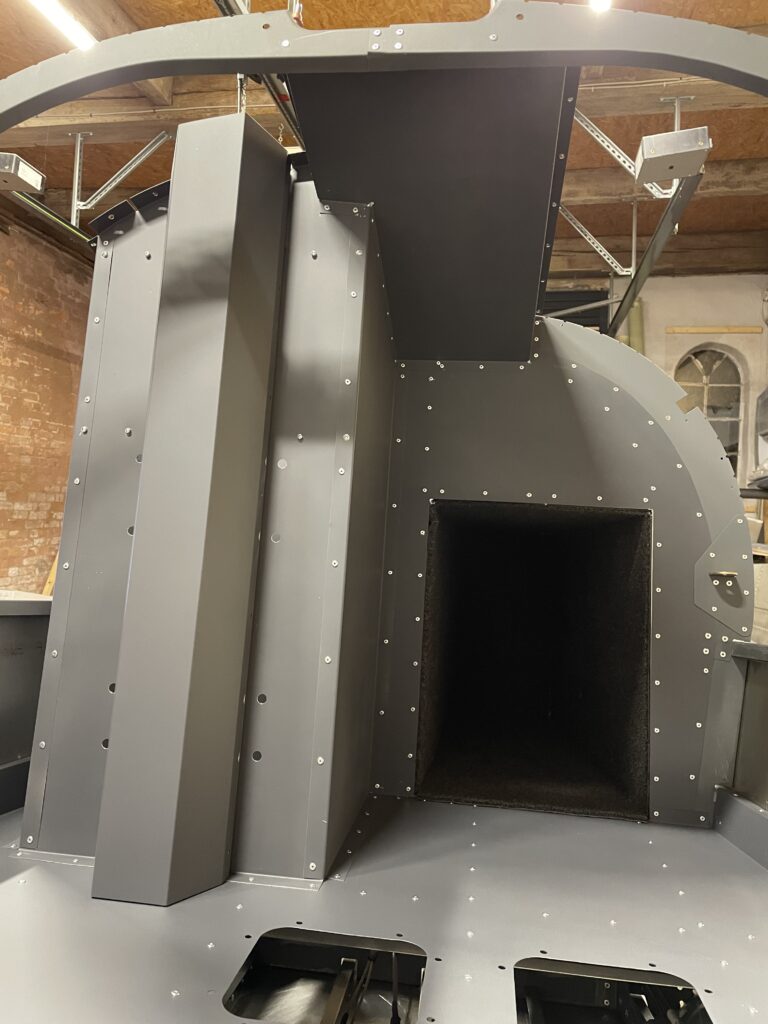
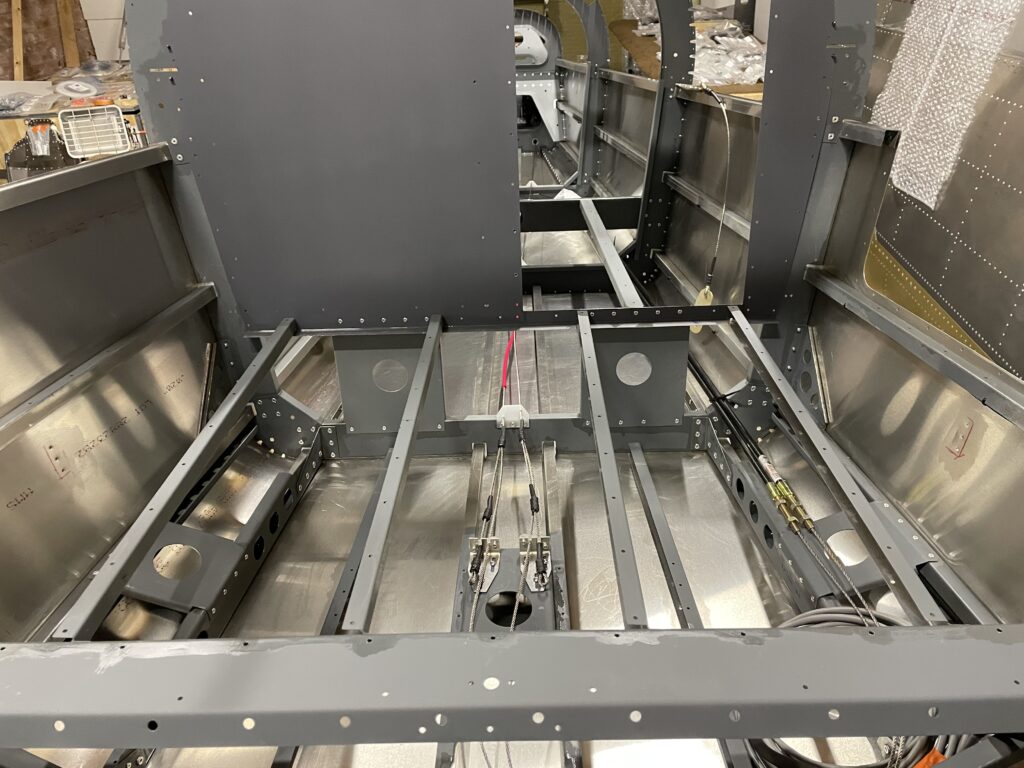
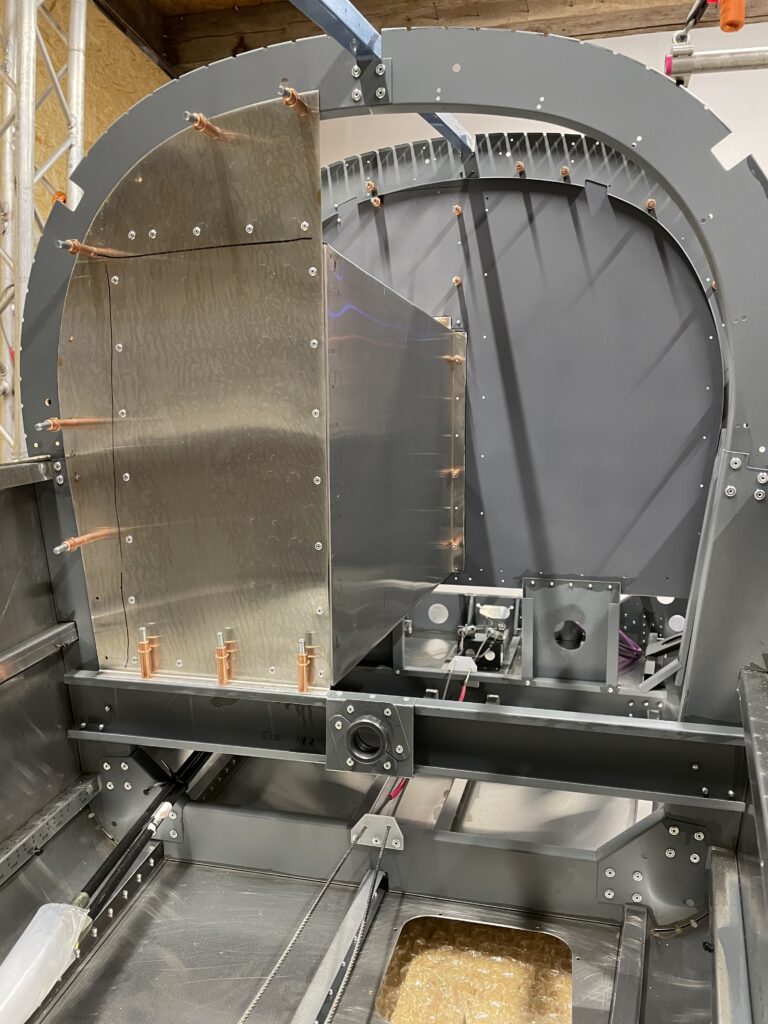
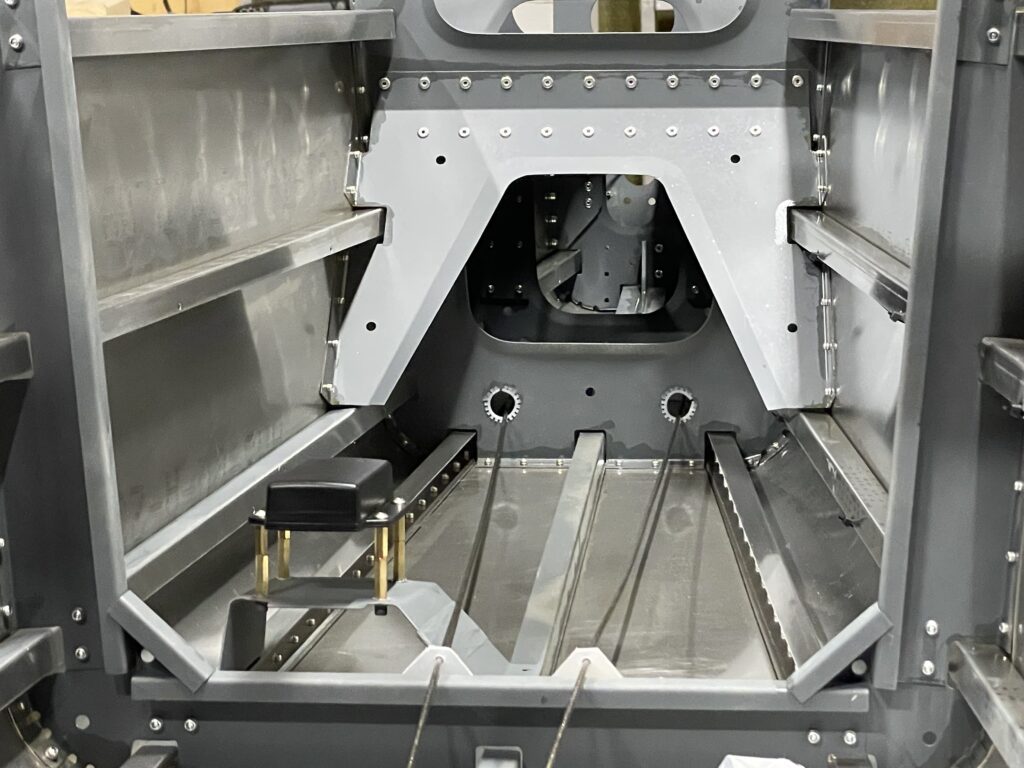
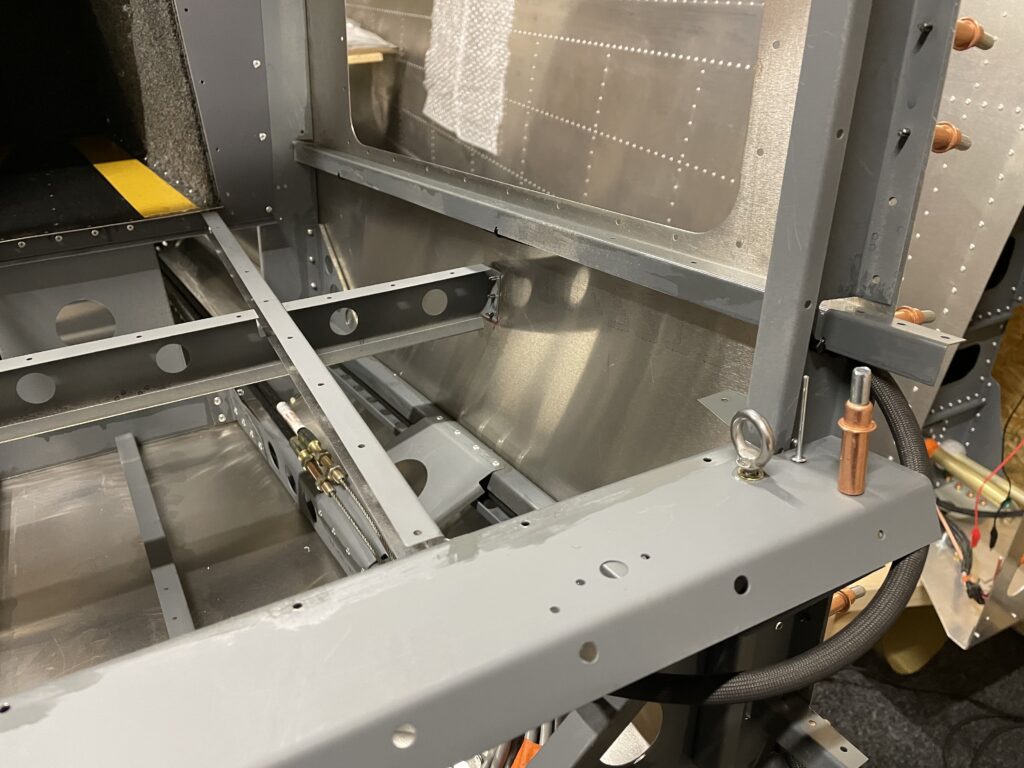
These parts are not mentioned anywhere in the plans (Jan.2021). However the use is obvious at the rear fuselage to protect the skin from the rudder cables. Might be a good idea to install them befrore installing the skins, since you have do drill the holes for the cable guides yourself. I used a heat gun to form the guides more like the rounded shape of the skin. For mating surfaces the Edge Rolling Tool is easy to use to make a slight bend of the edge of the upper surface. I think this tool creates a more consistent result as the edge rolling plyers.
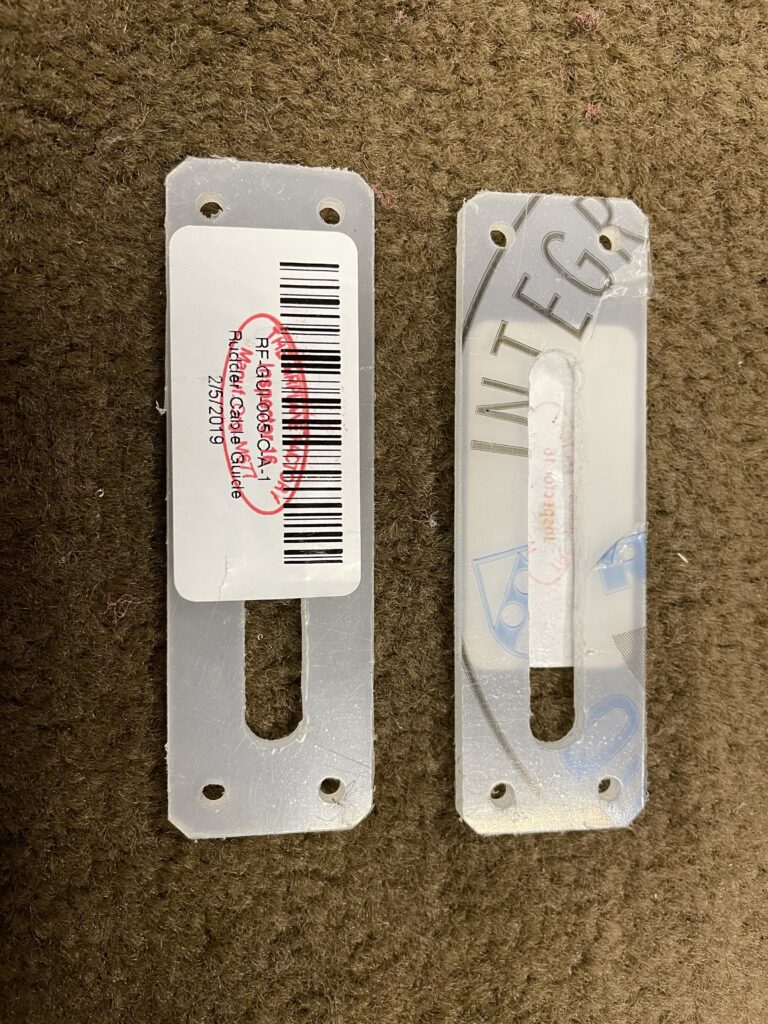
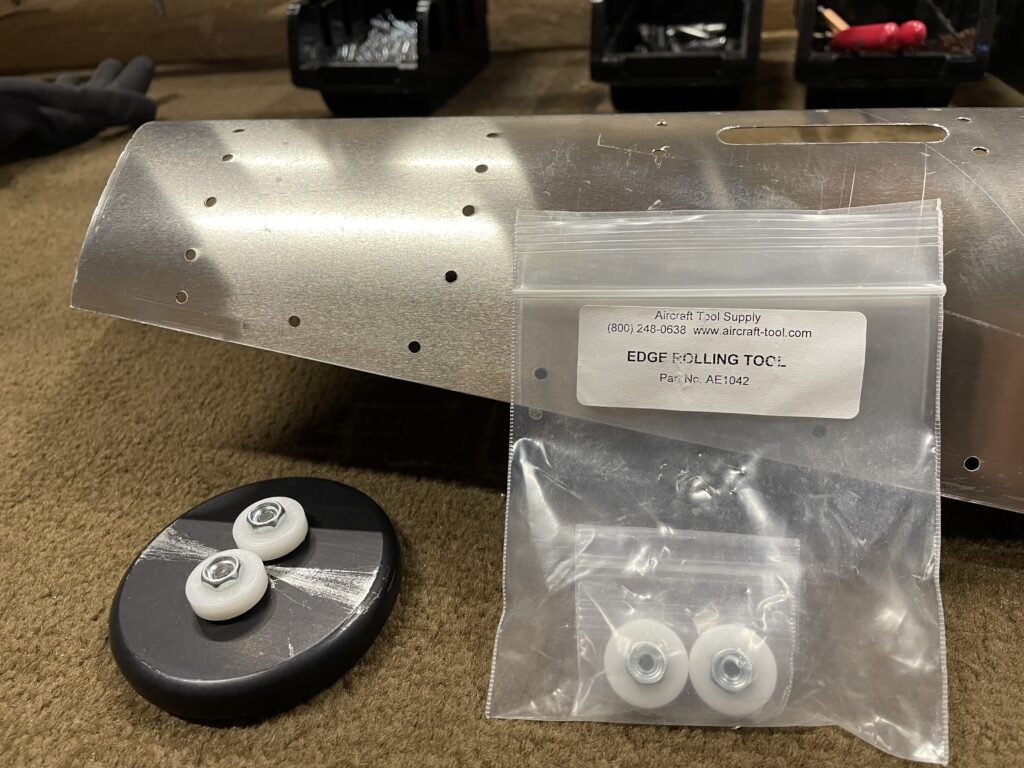
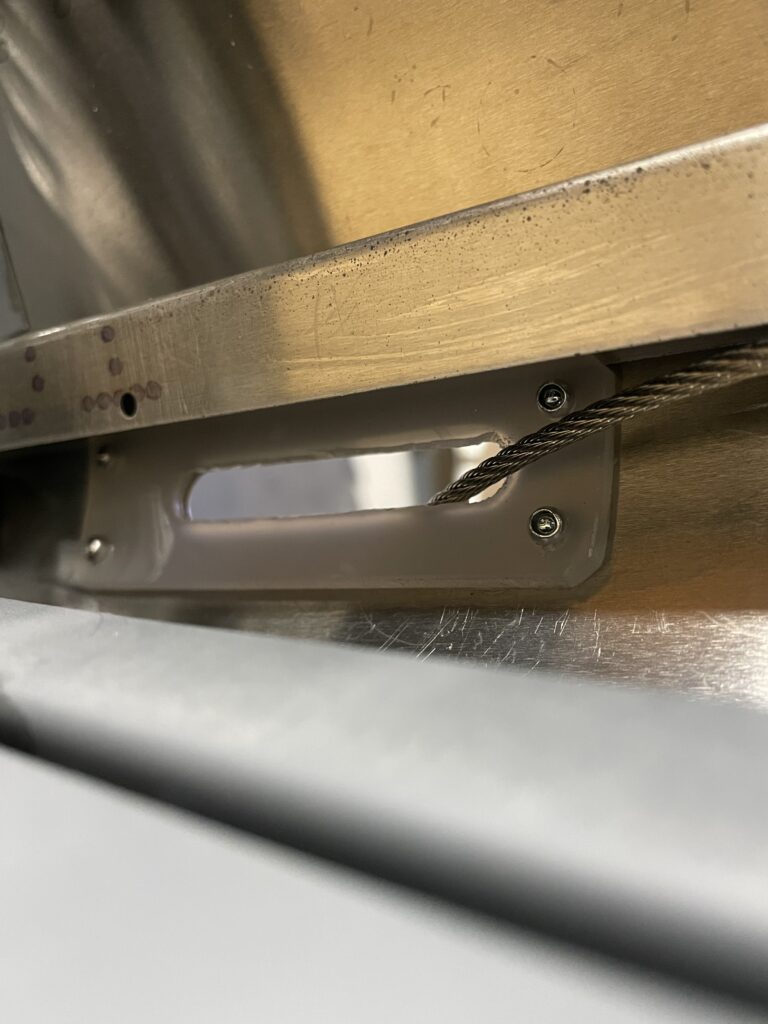
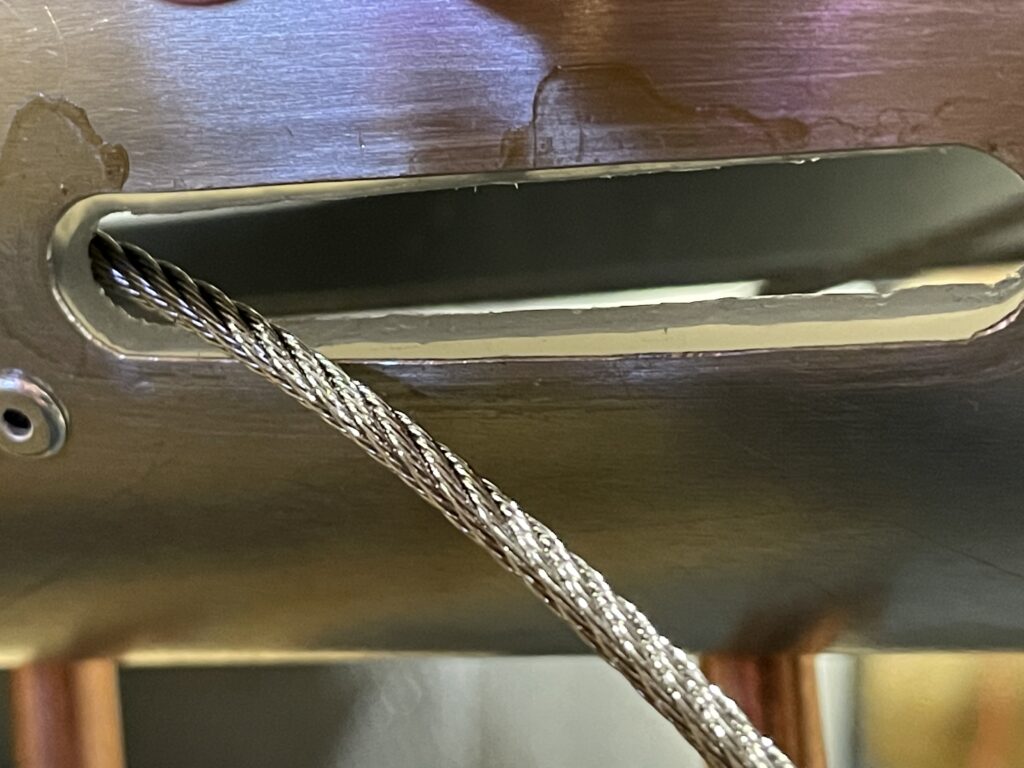
SERVICE BULLETIN #0018
Before installing the rudder cables I checked the widths on the rudder cable oval sleeves for compliance with SB#0018. All sleeves need to be below 8.9mm. Check! For corrosion protection I applied Core-Ban 23 which creeps into the steel wire and the sleeves. When installing the rudder I will apply some grease as suggested in SB#0018.
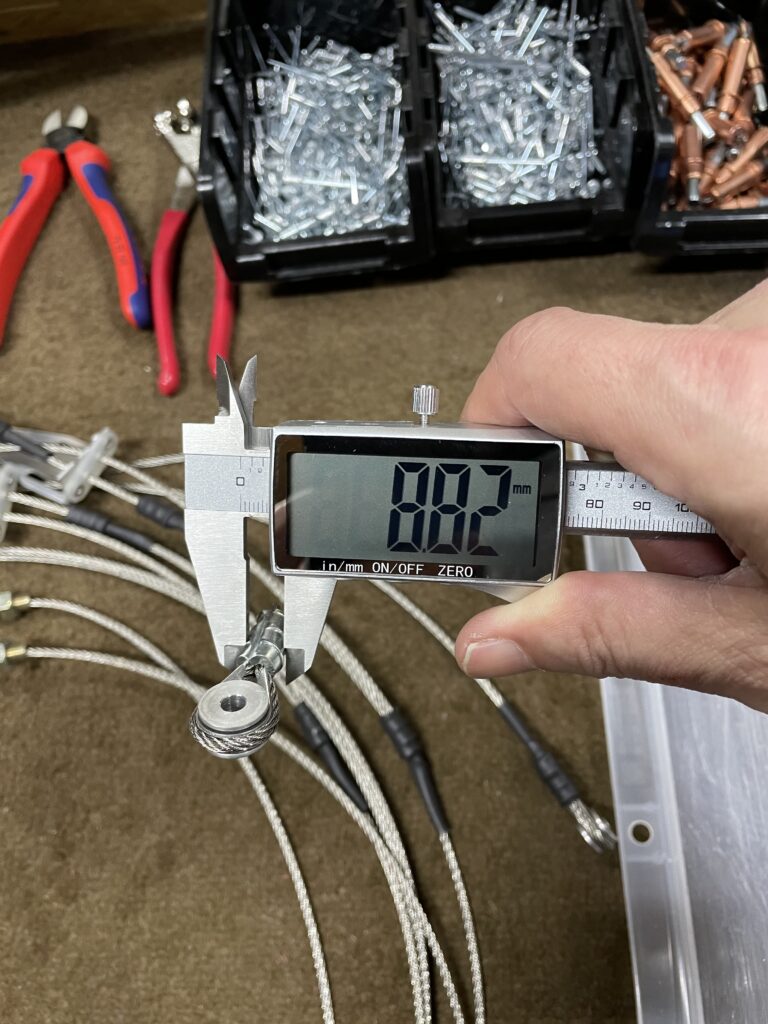
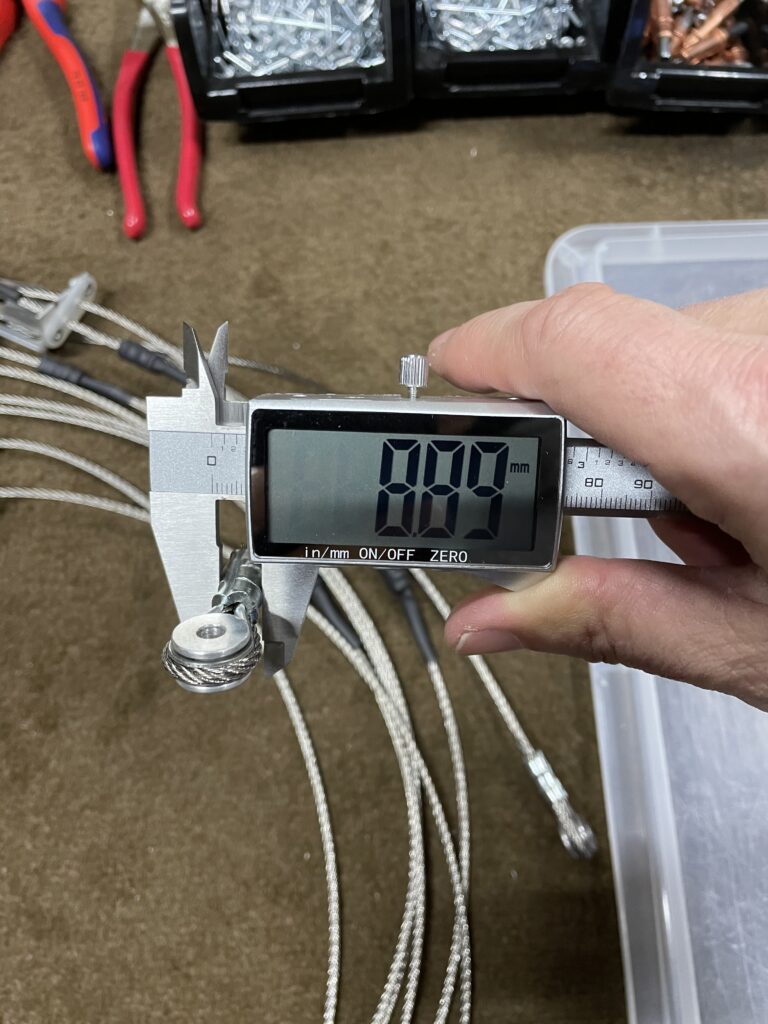
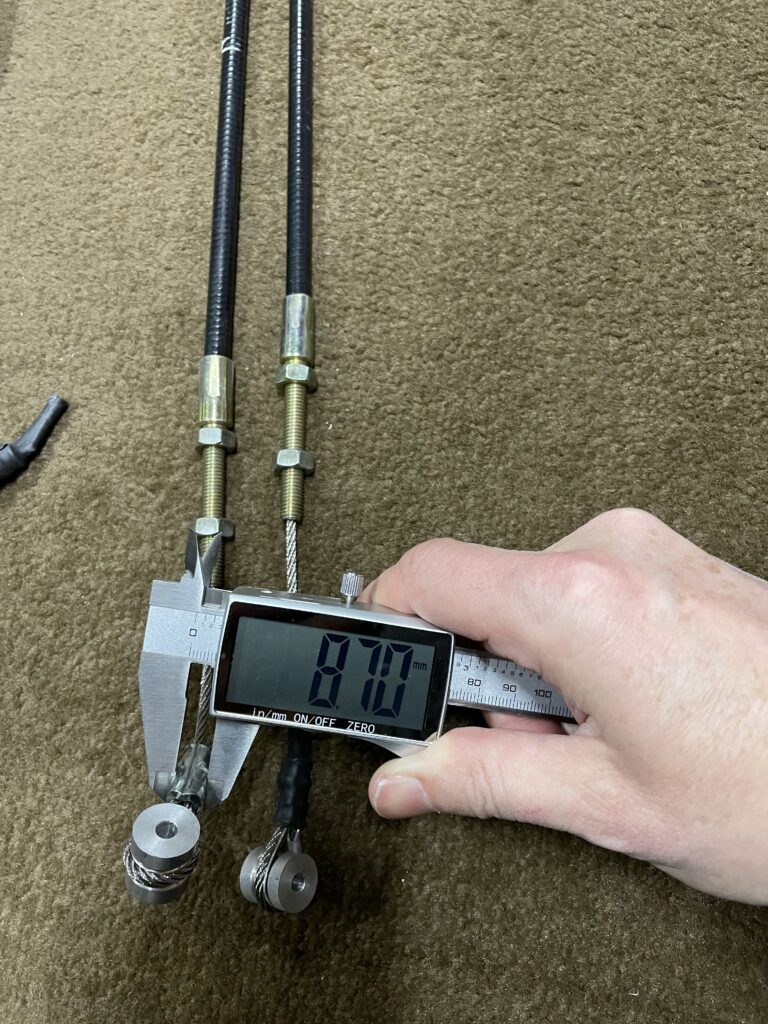
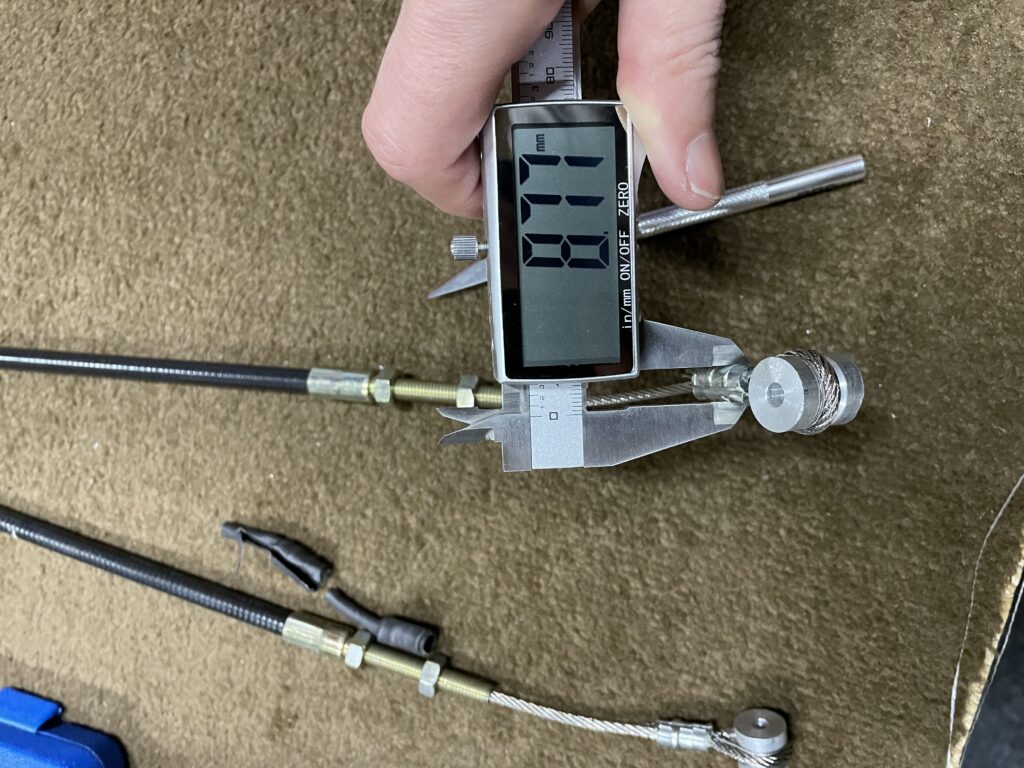
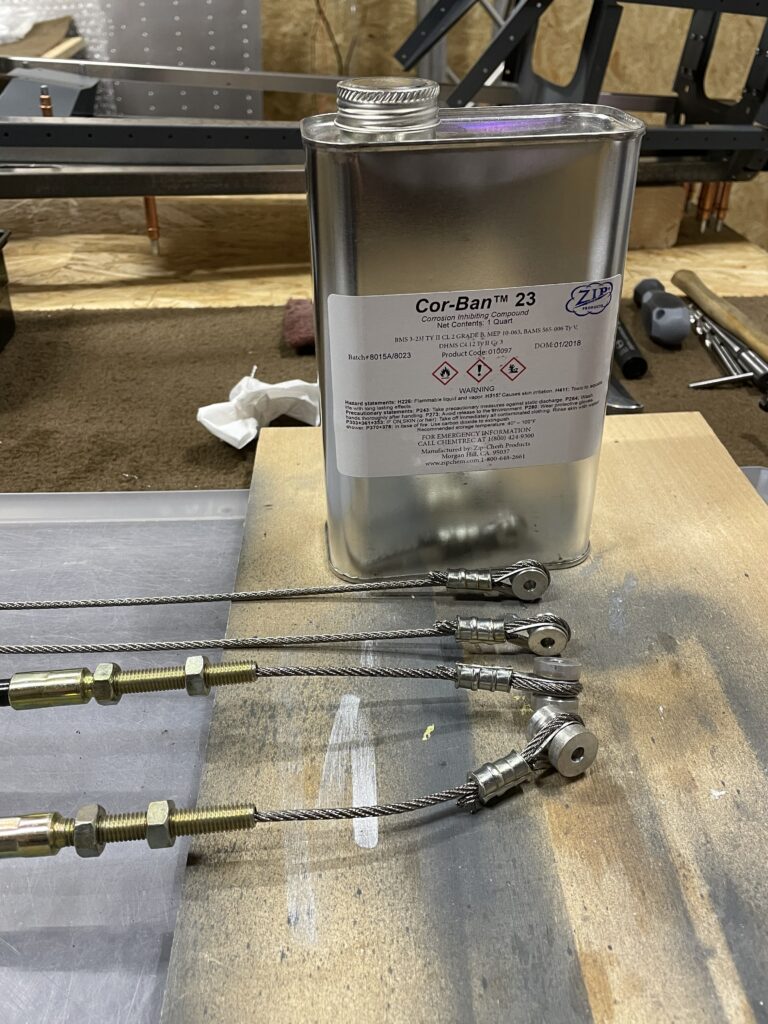
The rudder cables cross behind rib 4 and you have to make sure that the cable in the upper bracket hole is above the cable in the lower bracket hole. I mounted the bracket twisted by 360° and was wondering why the cables touch. I installed a nylon tube on one of the cables and asked on the Facebook group if that was ok, when someone pointed out that I had twisted the bracket… I leave the nylon tube on anyway. I doesn’t hurt and can be removed easily.
